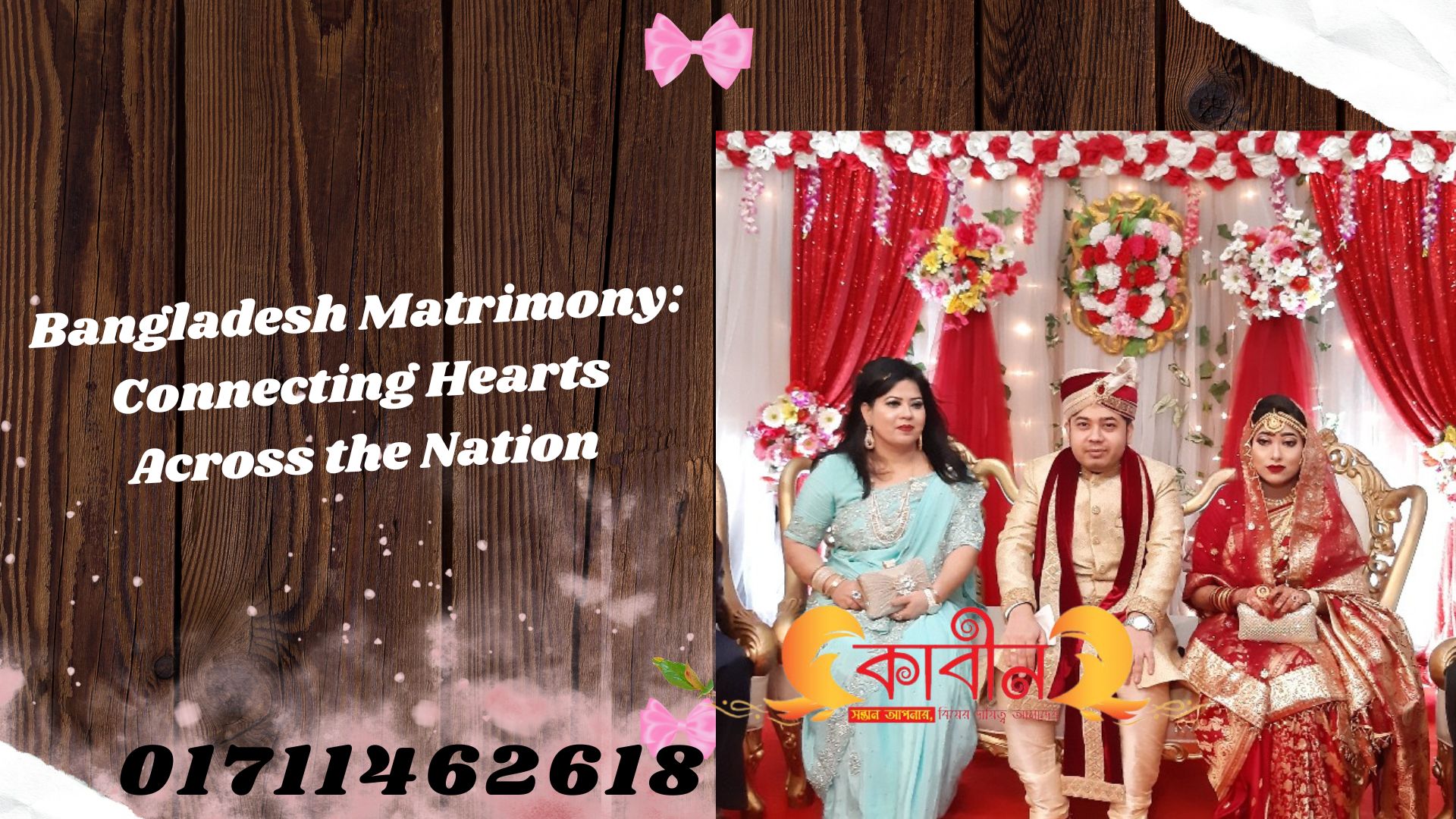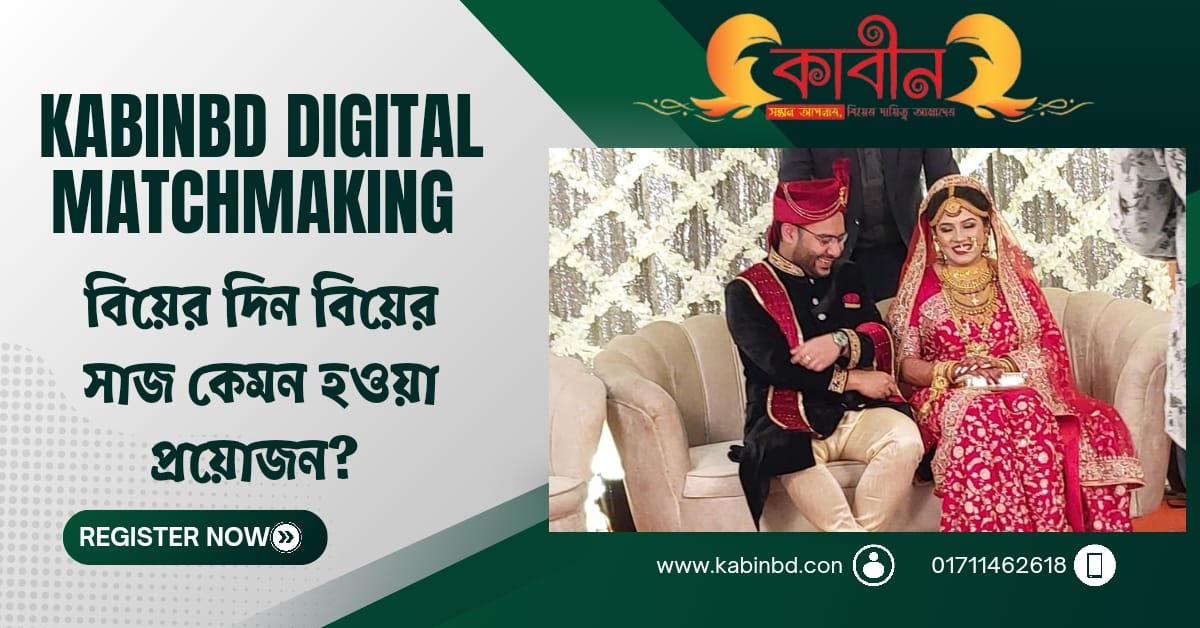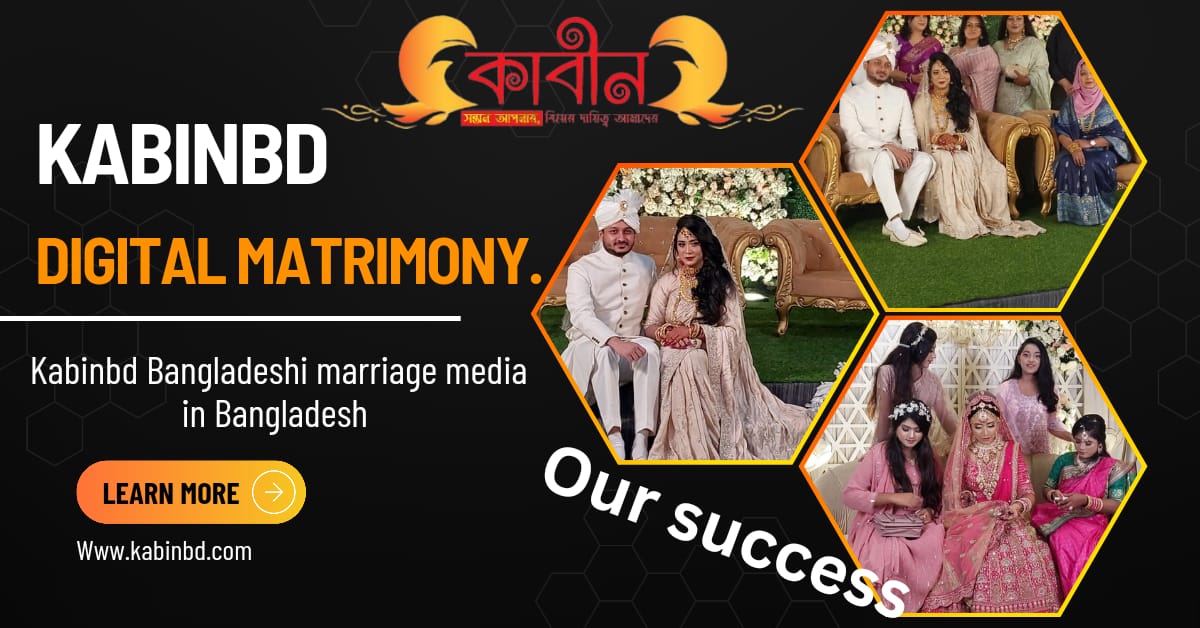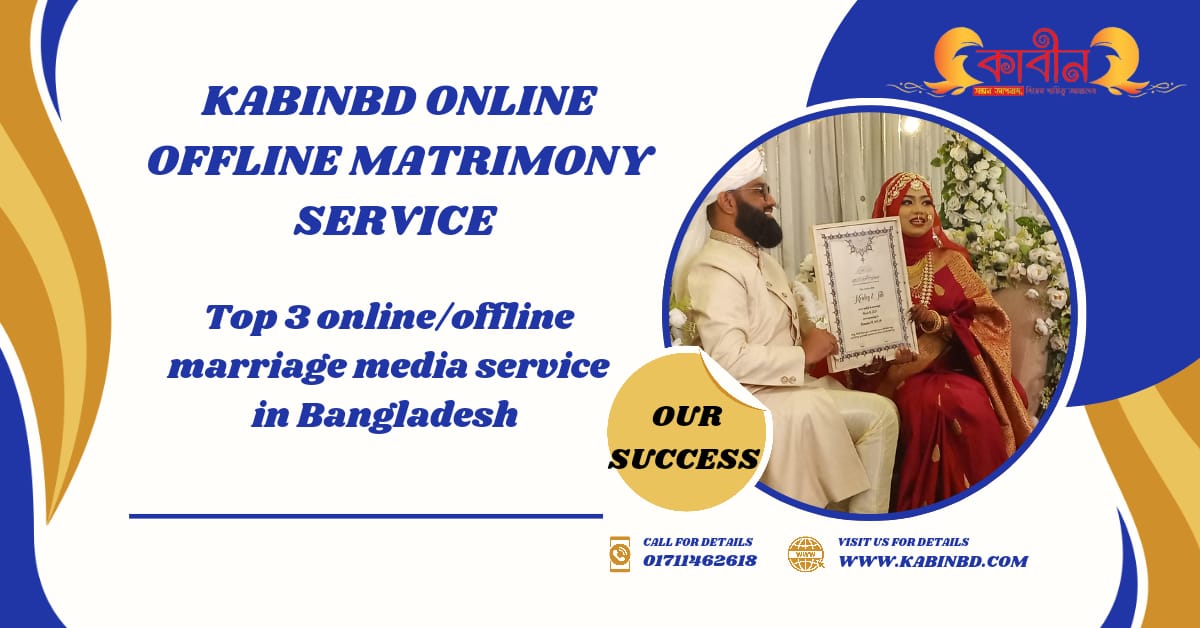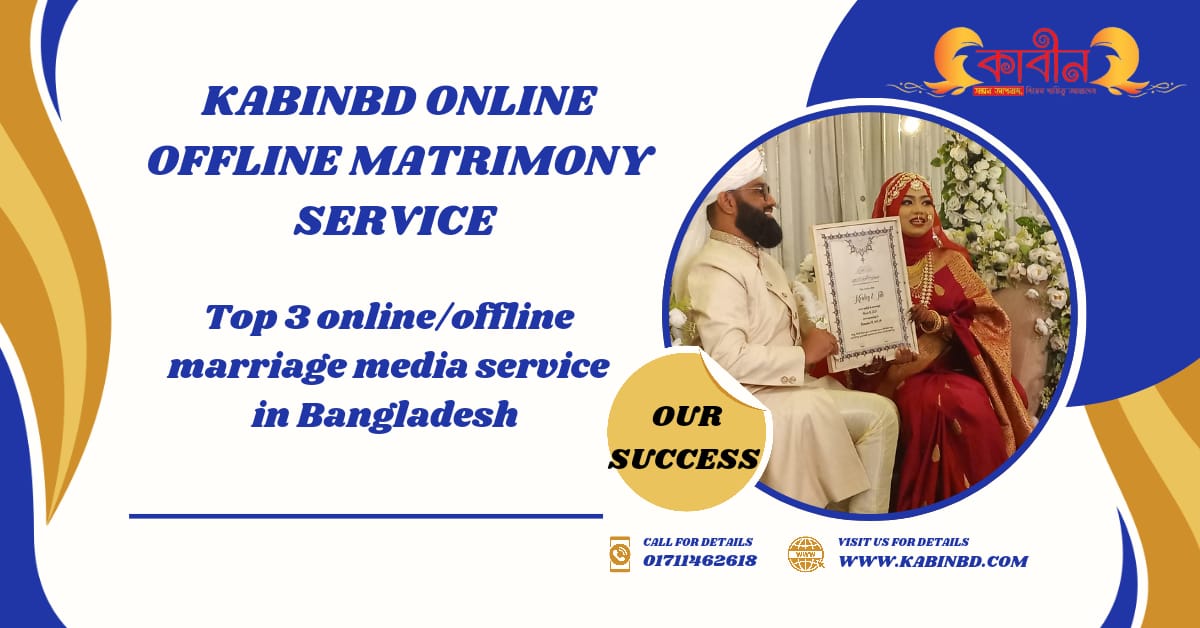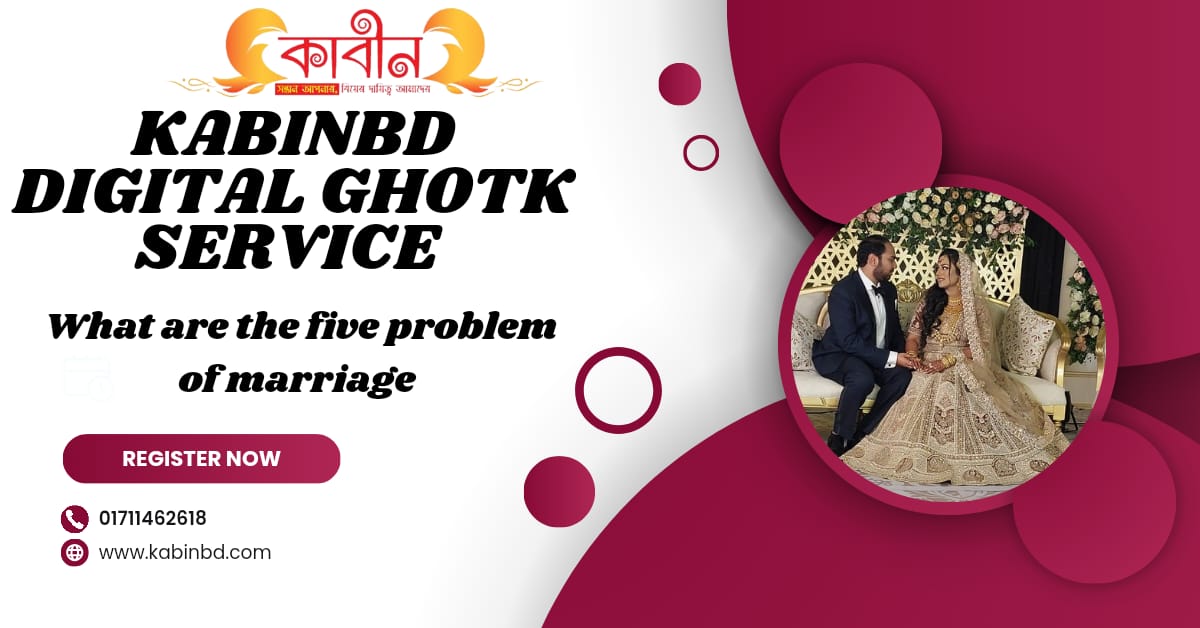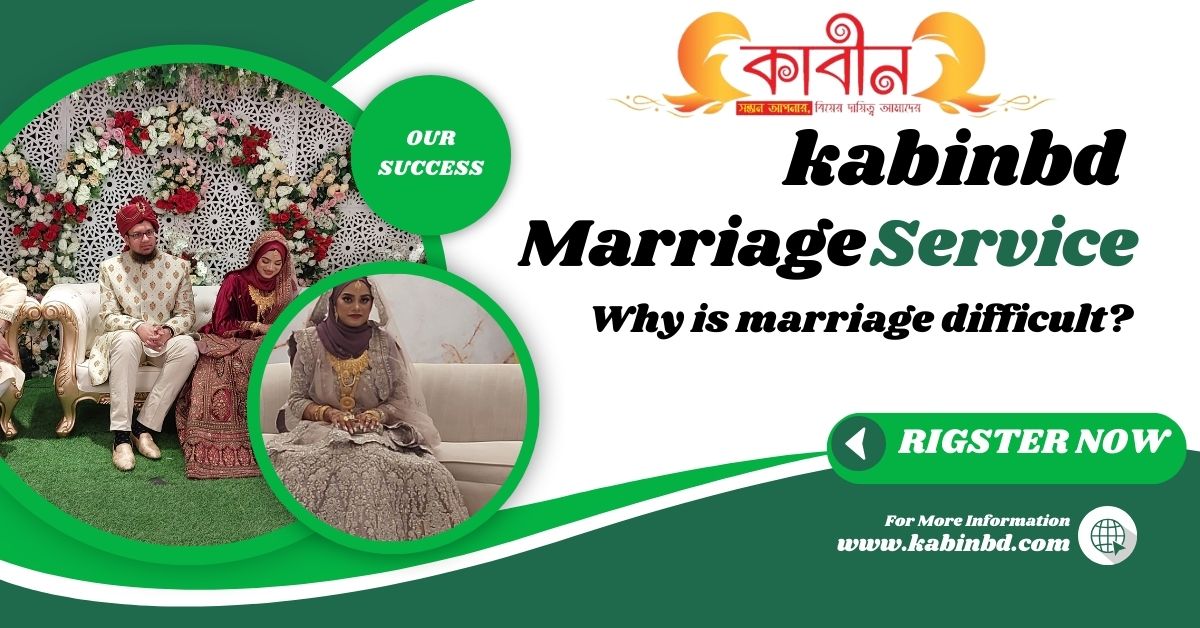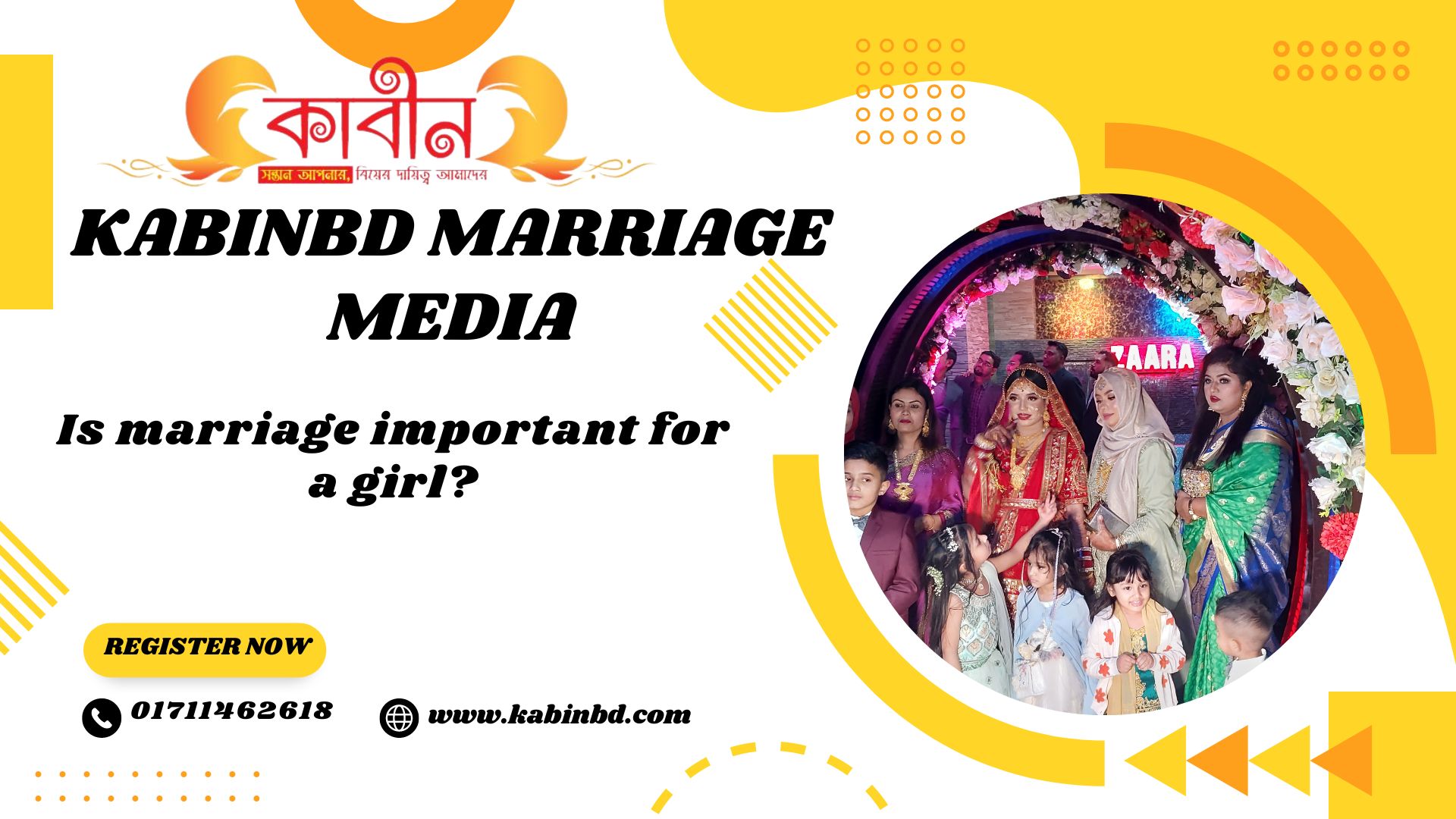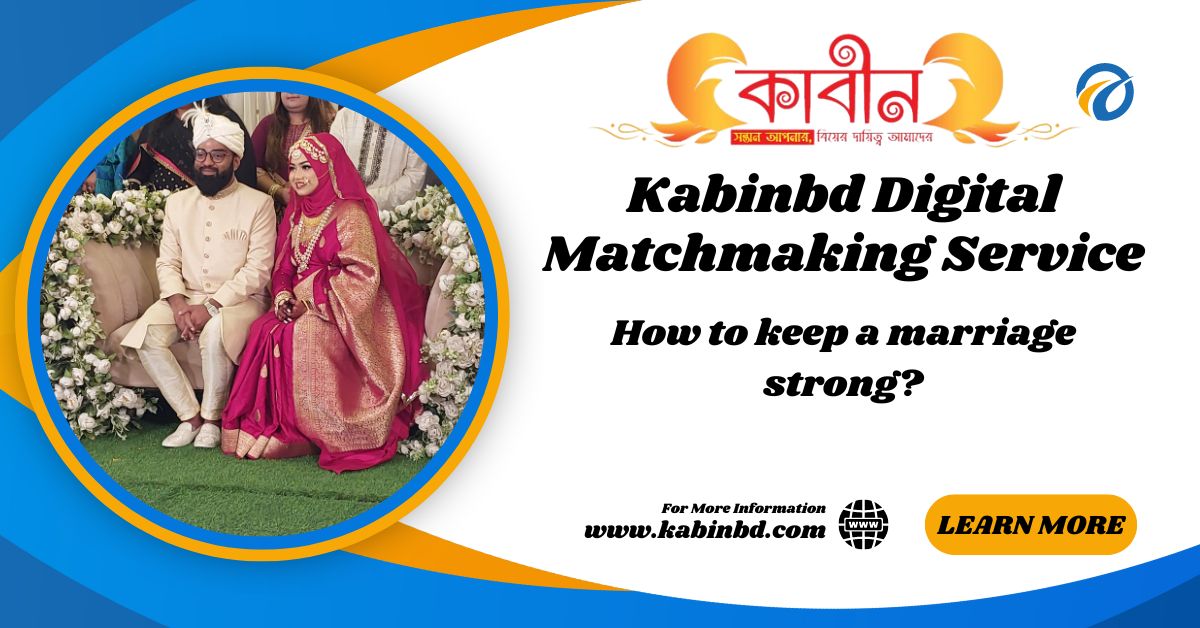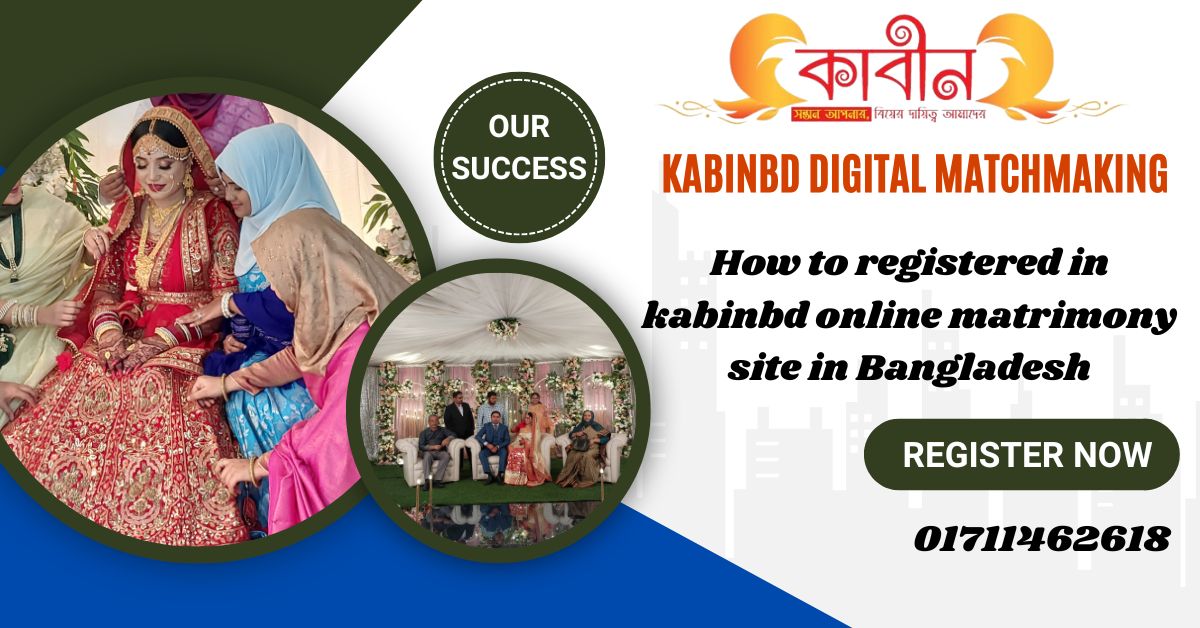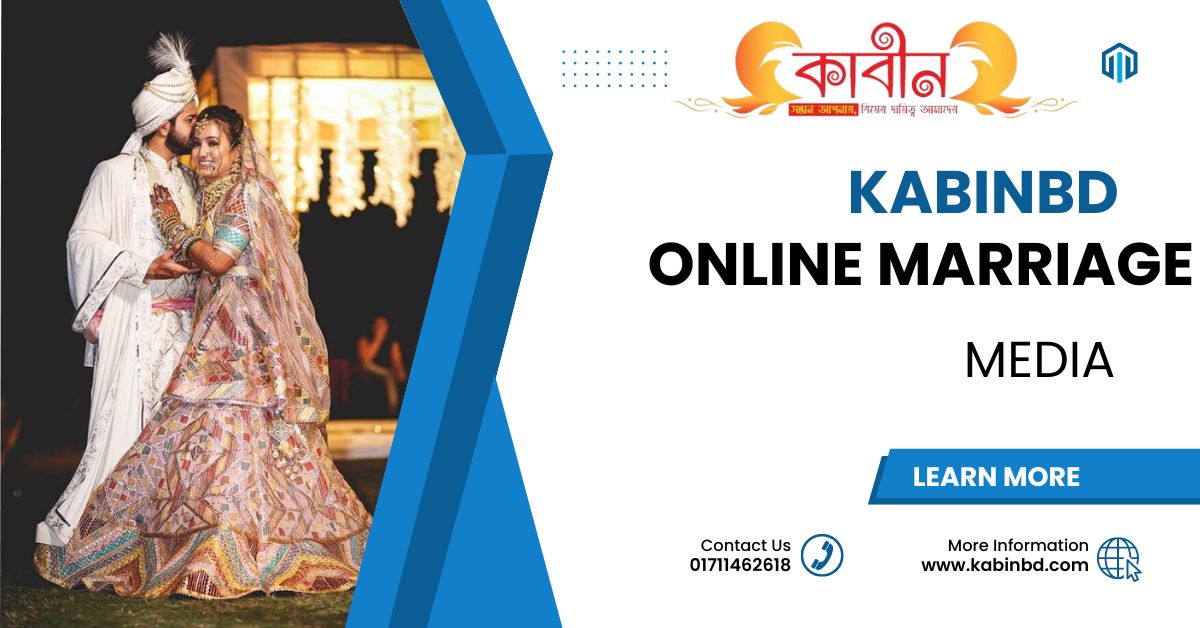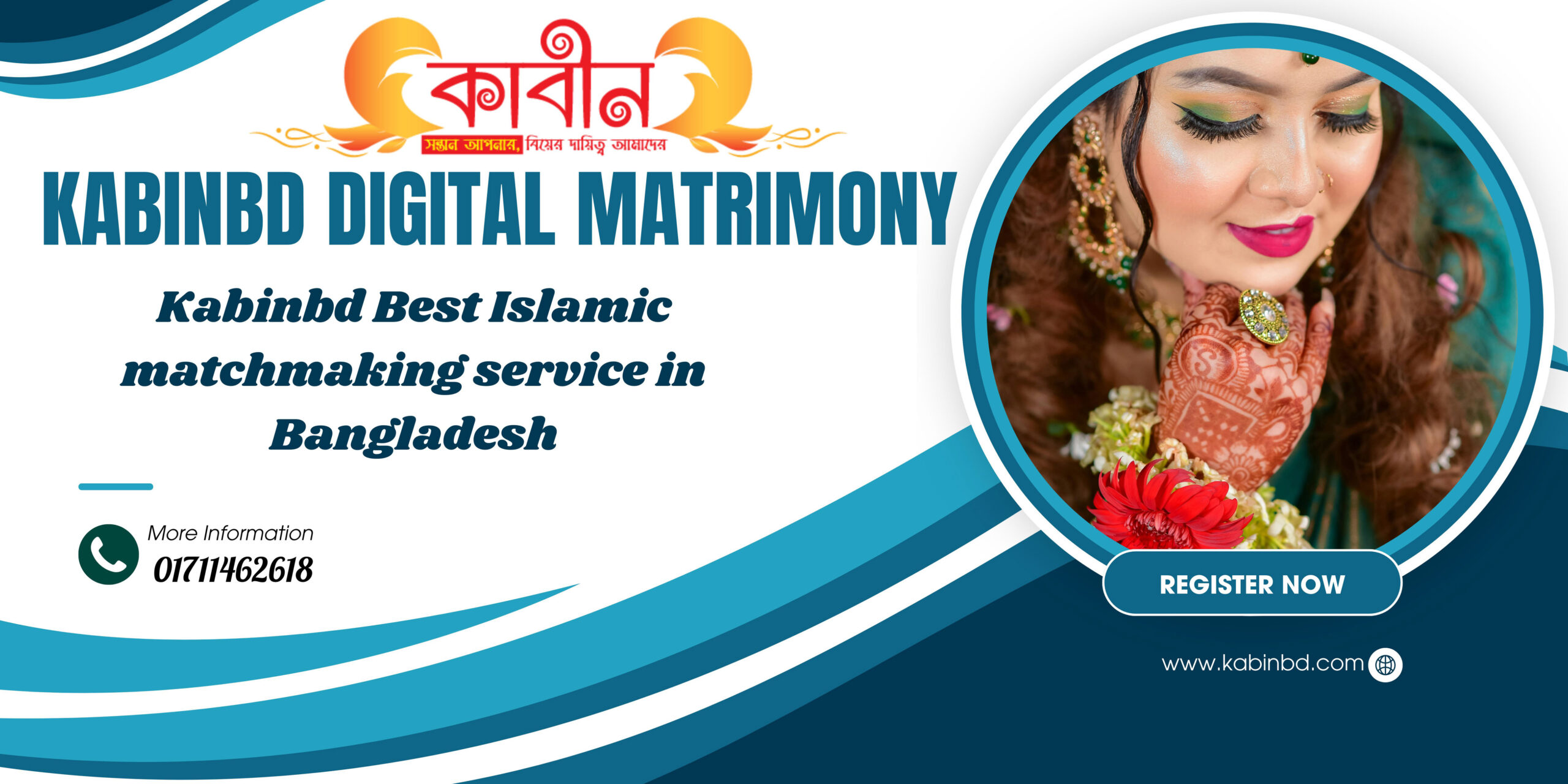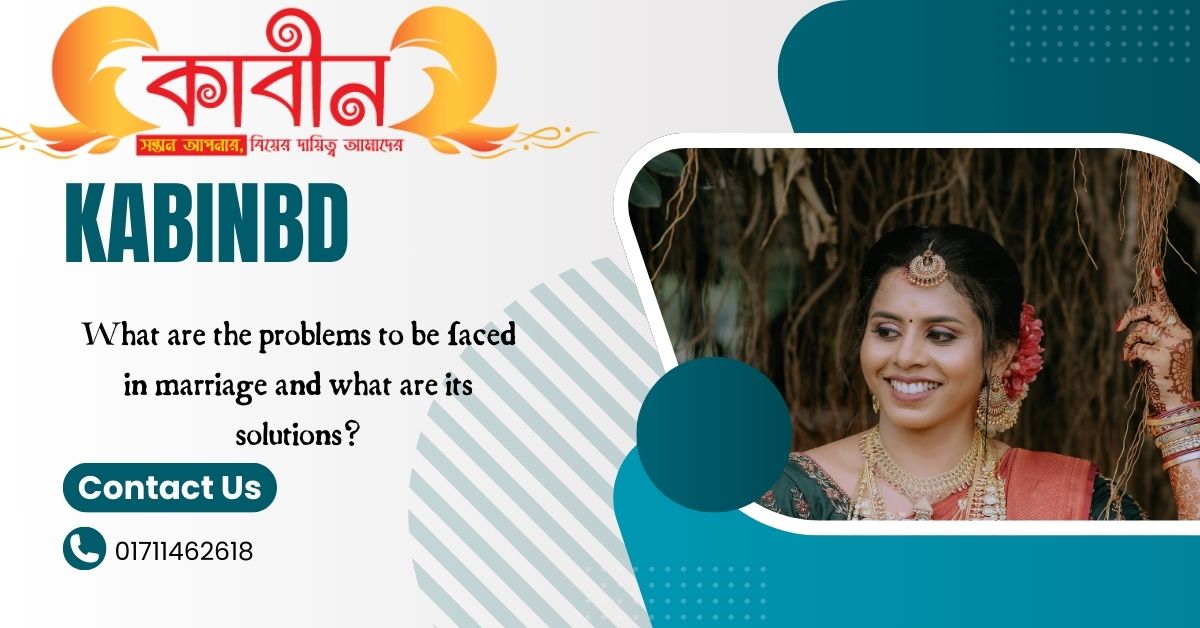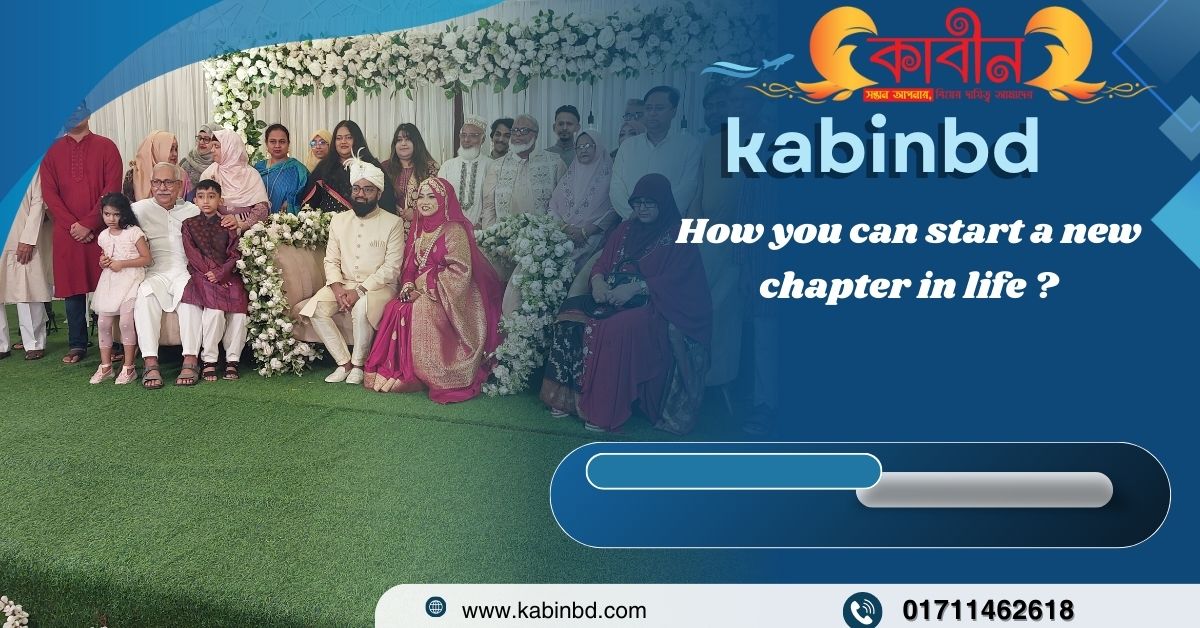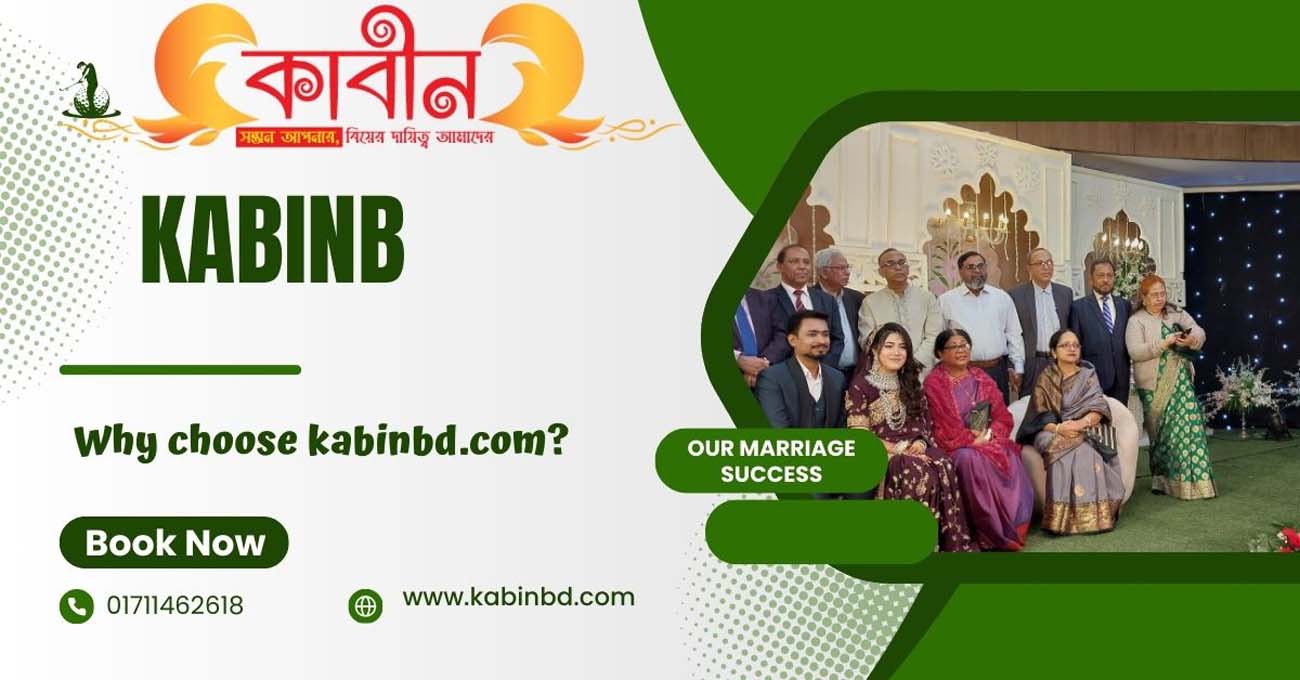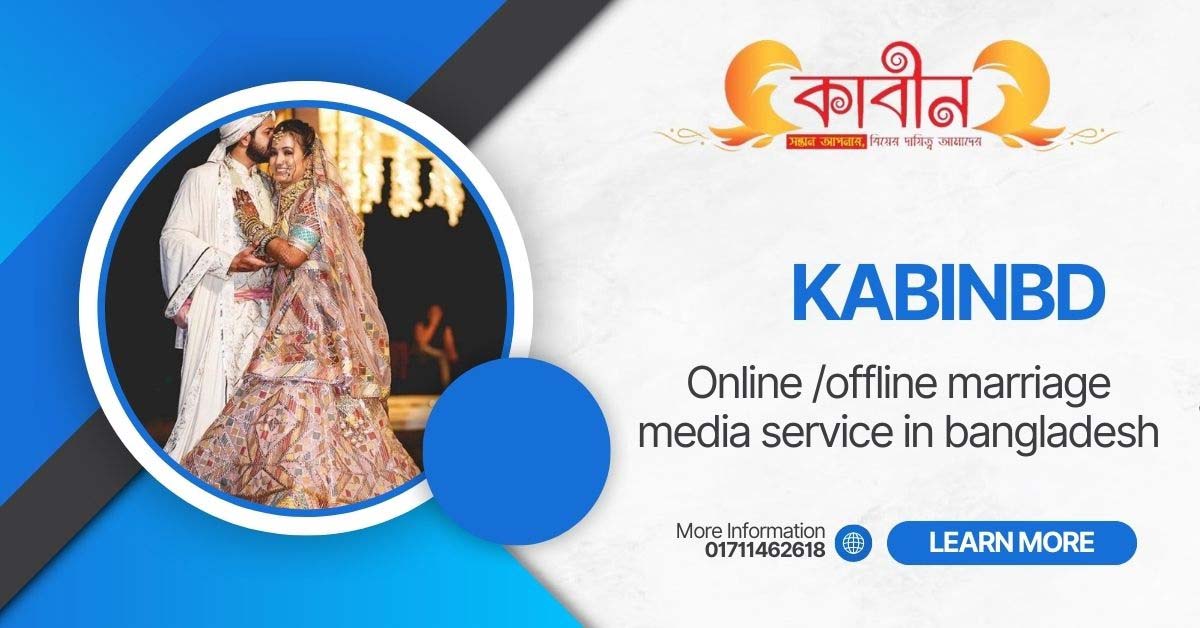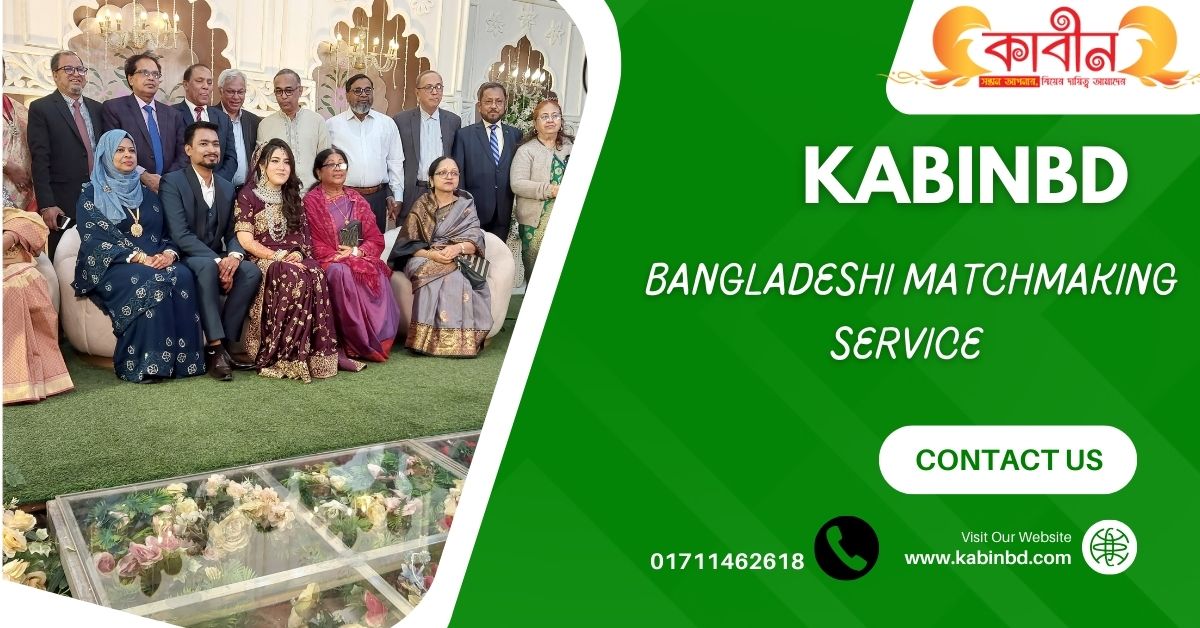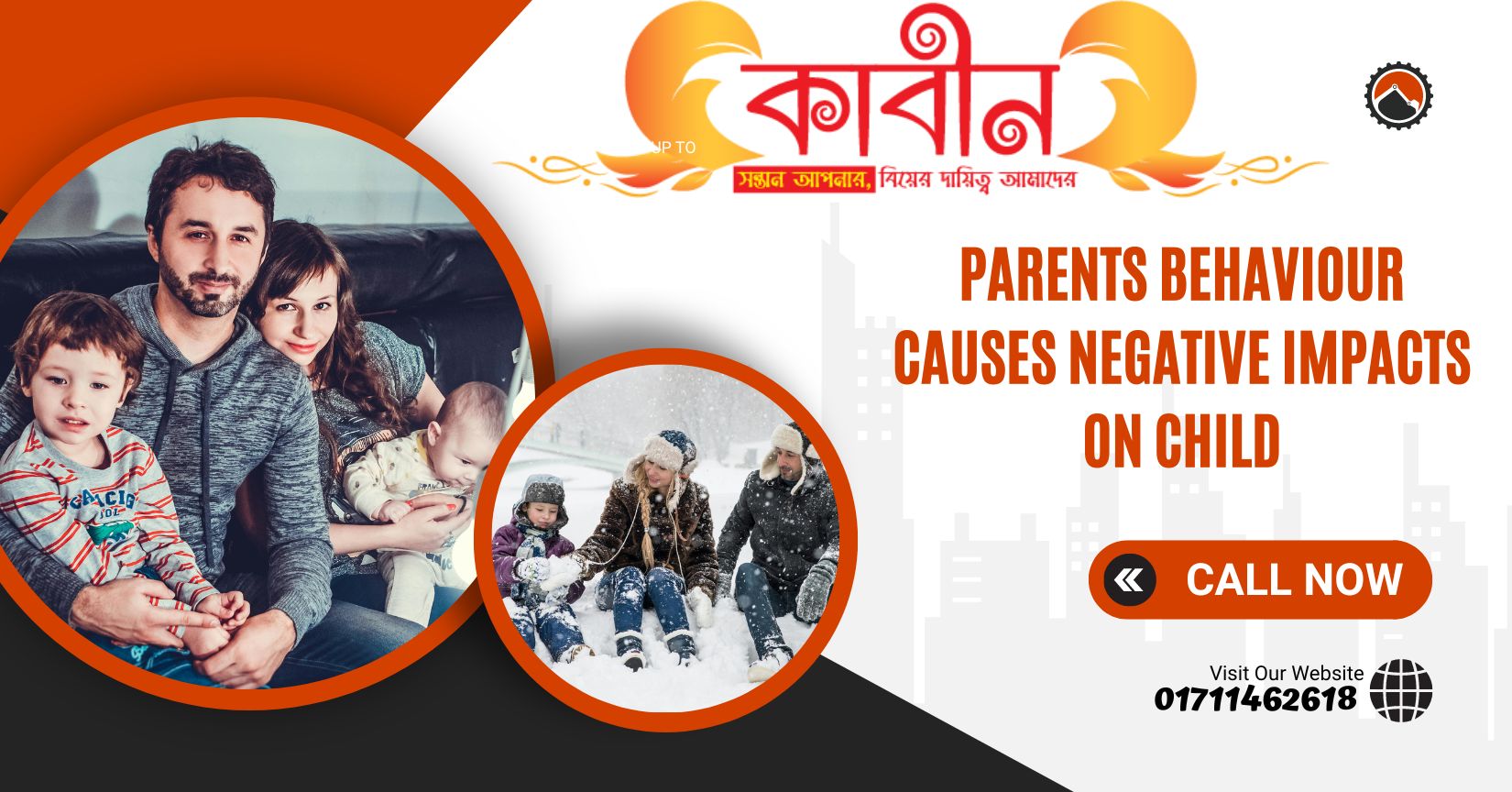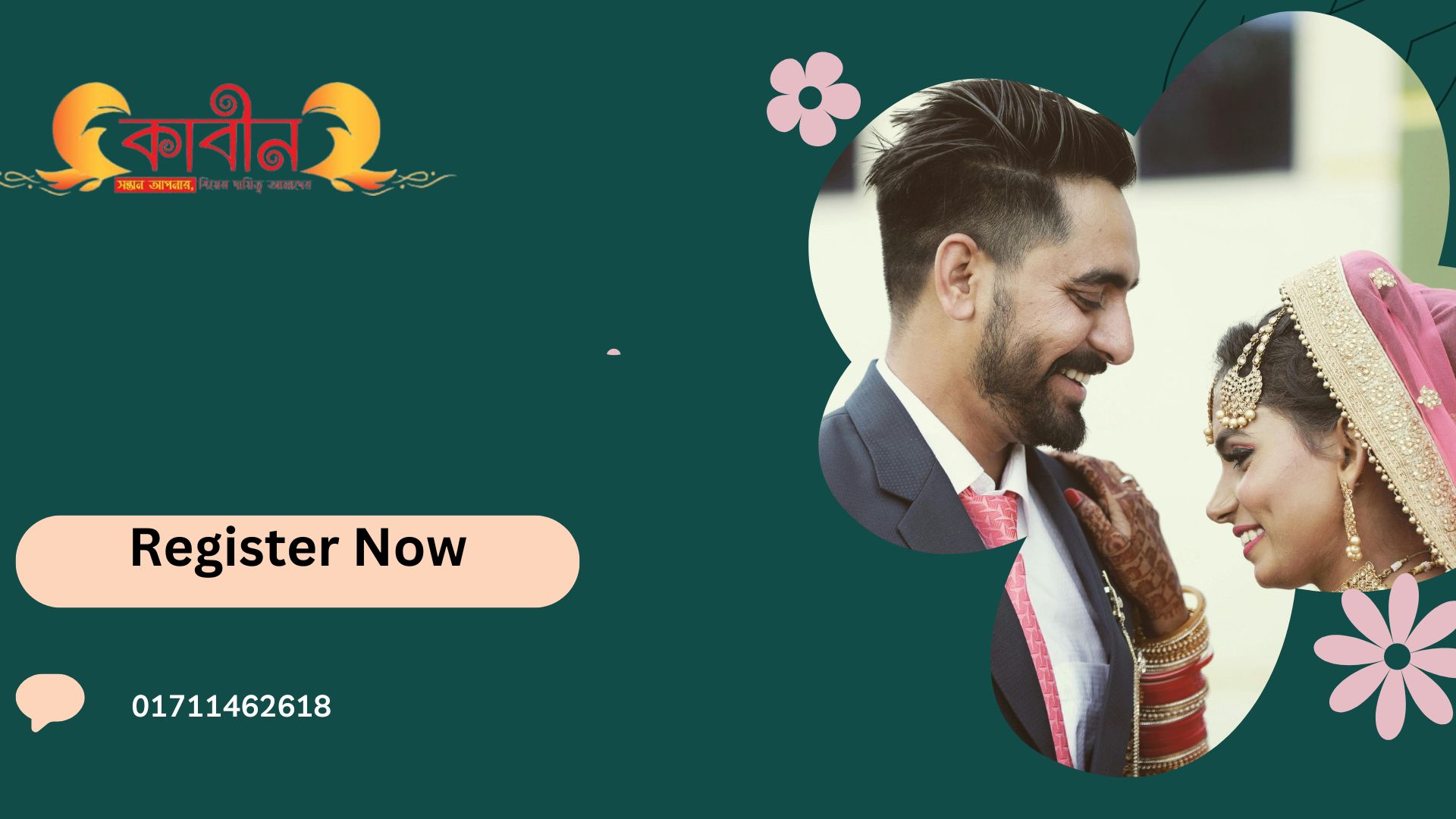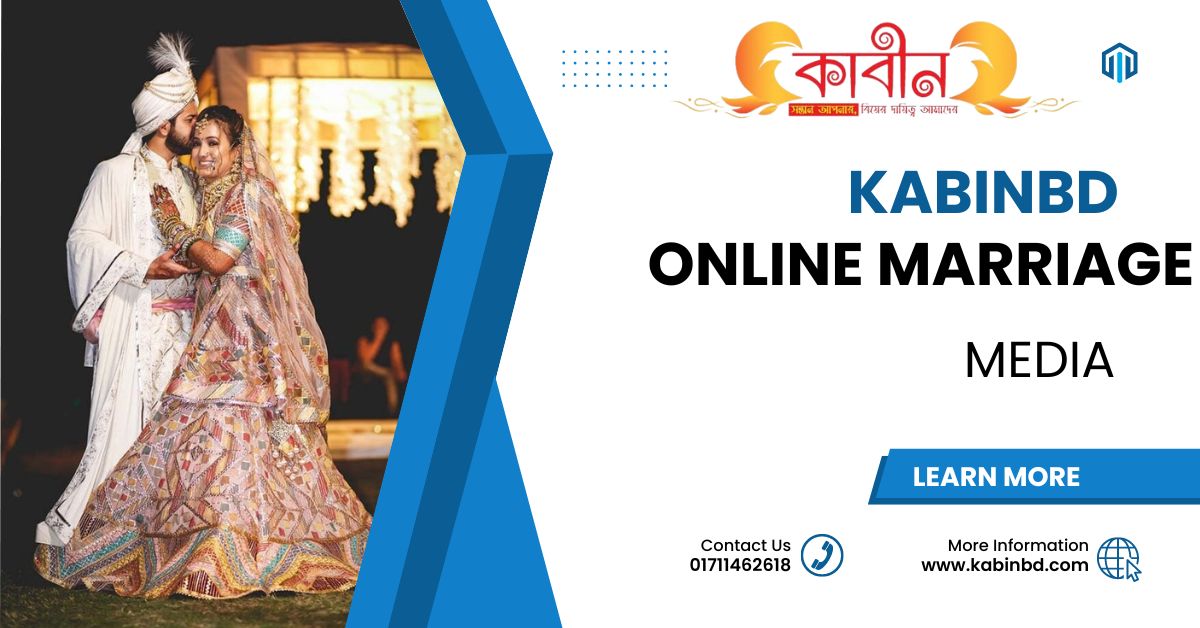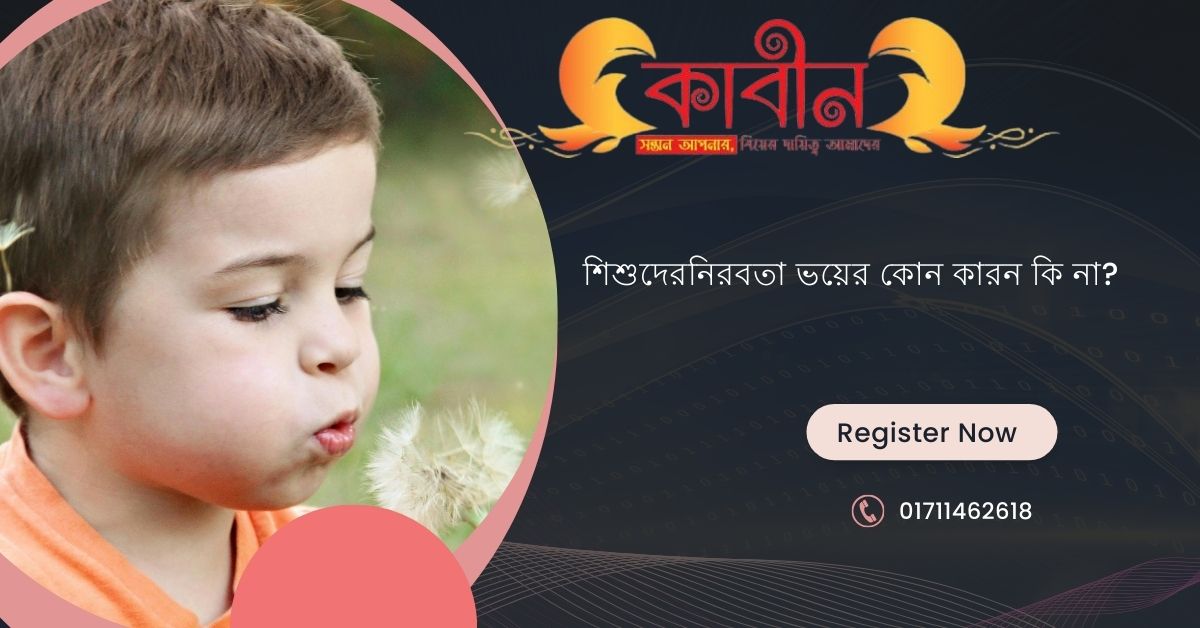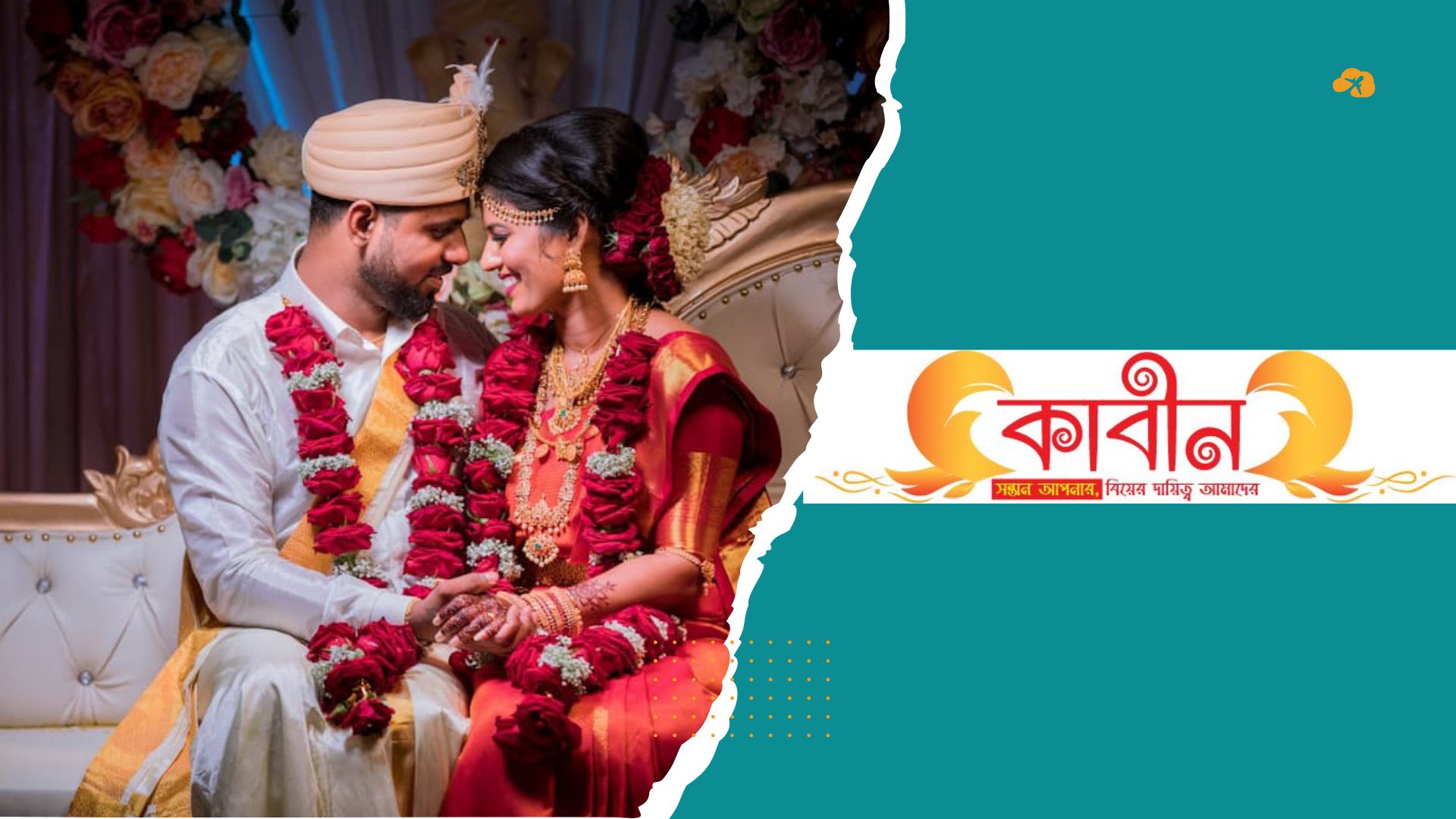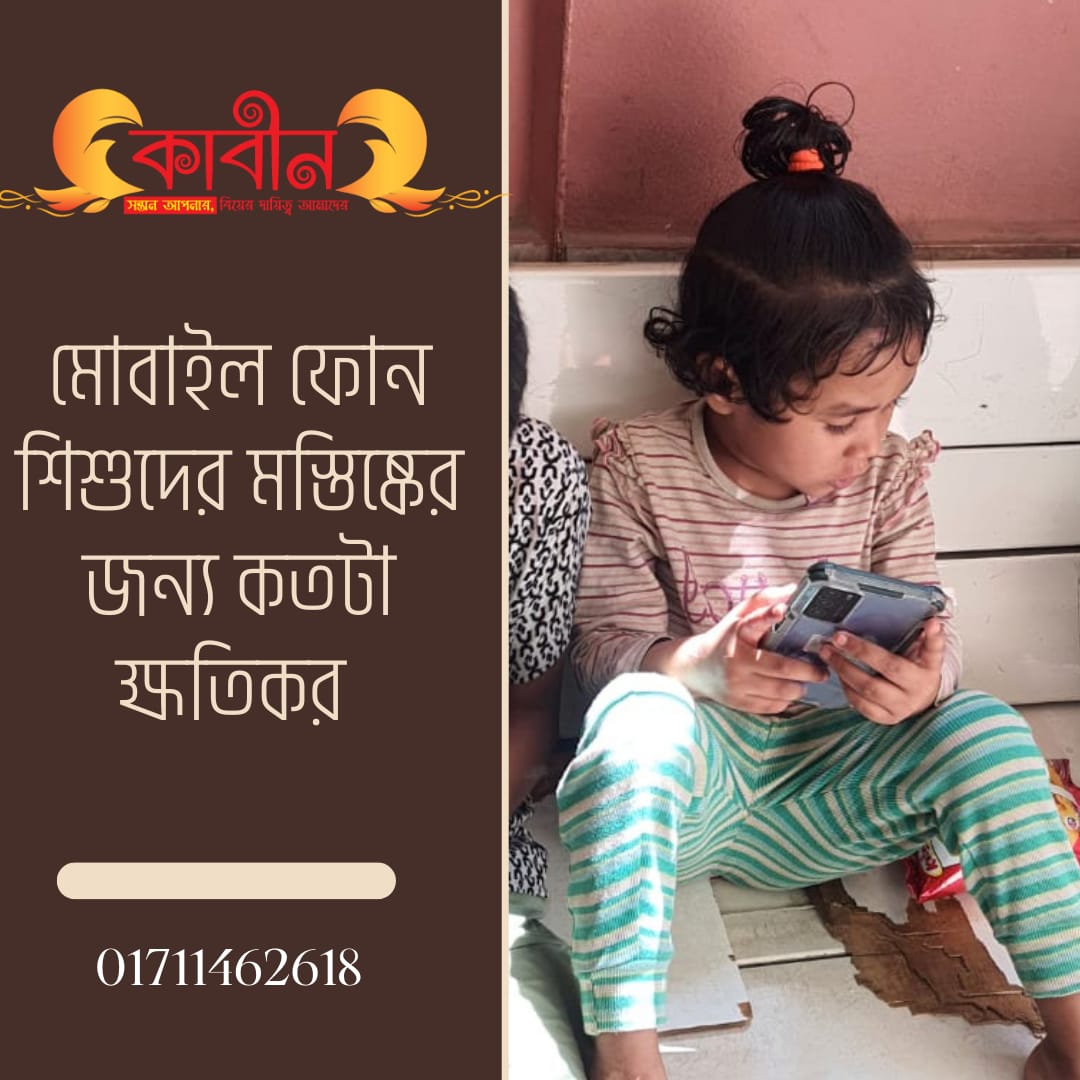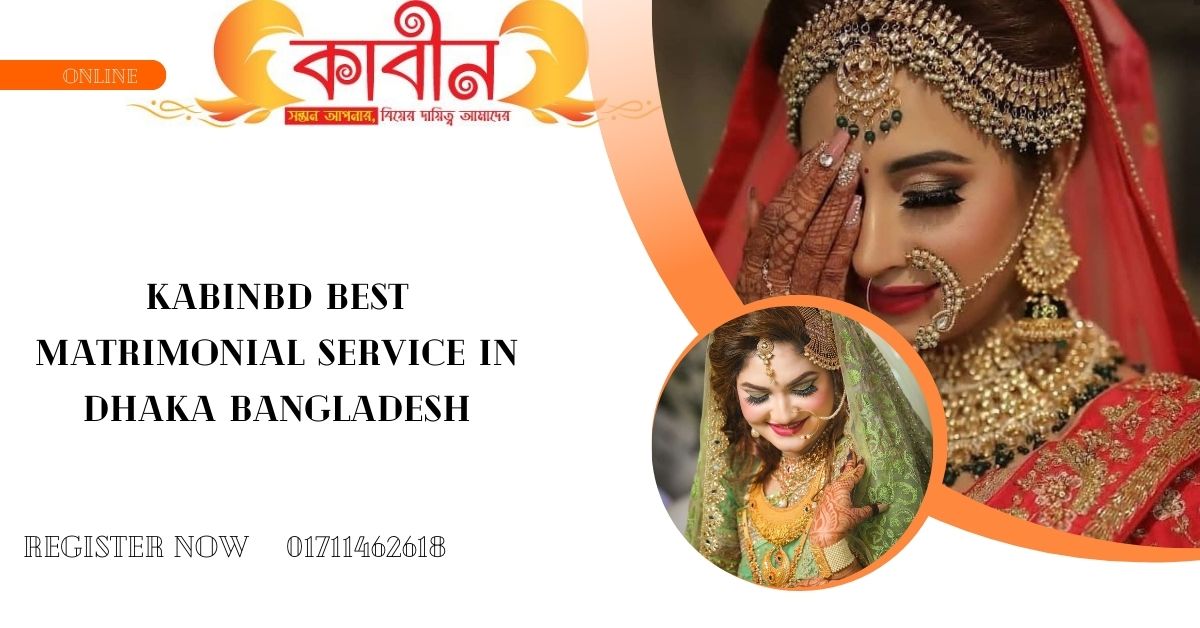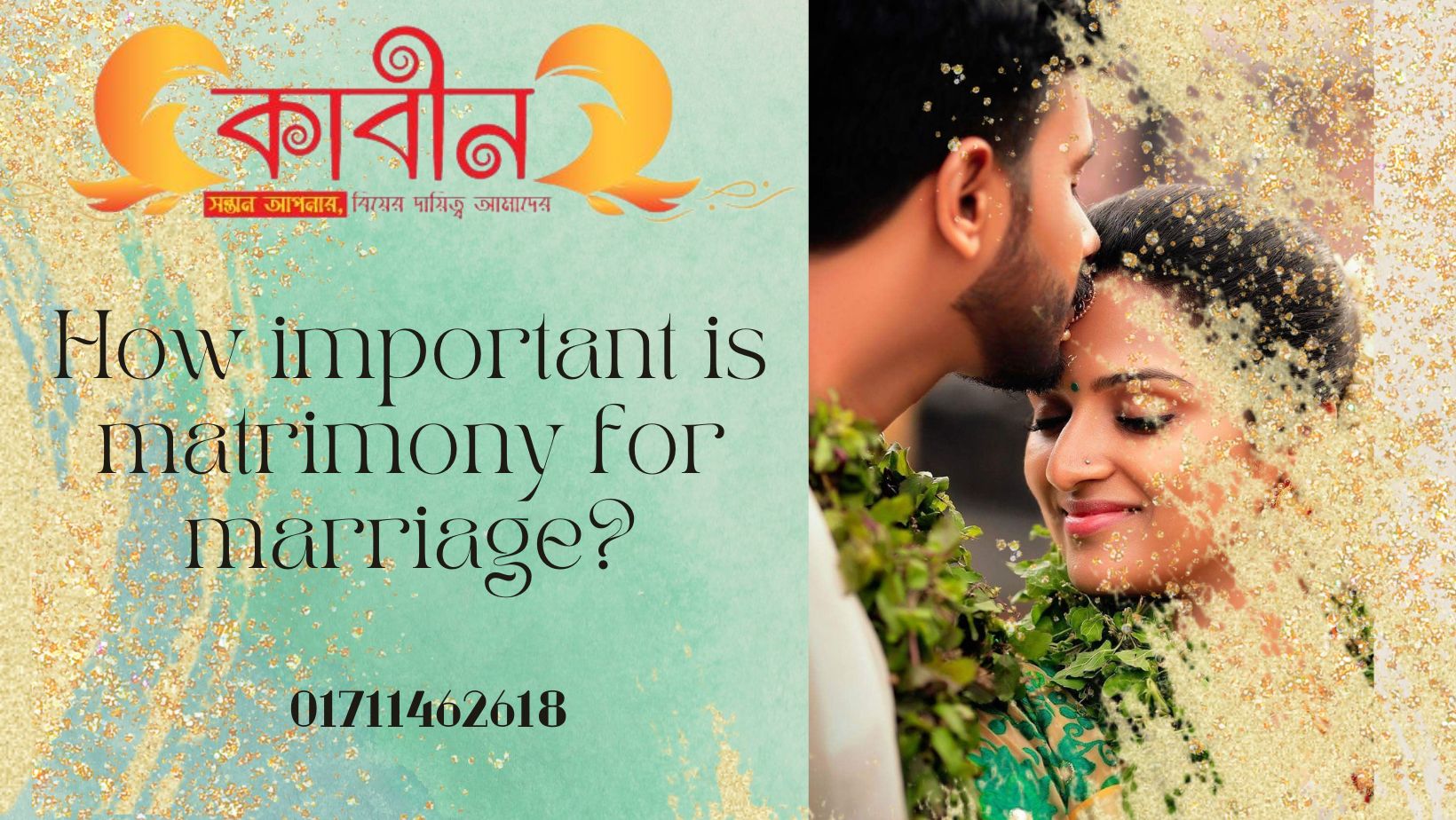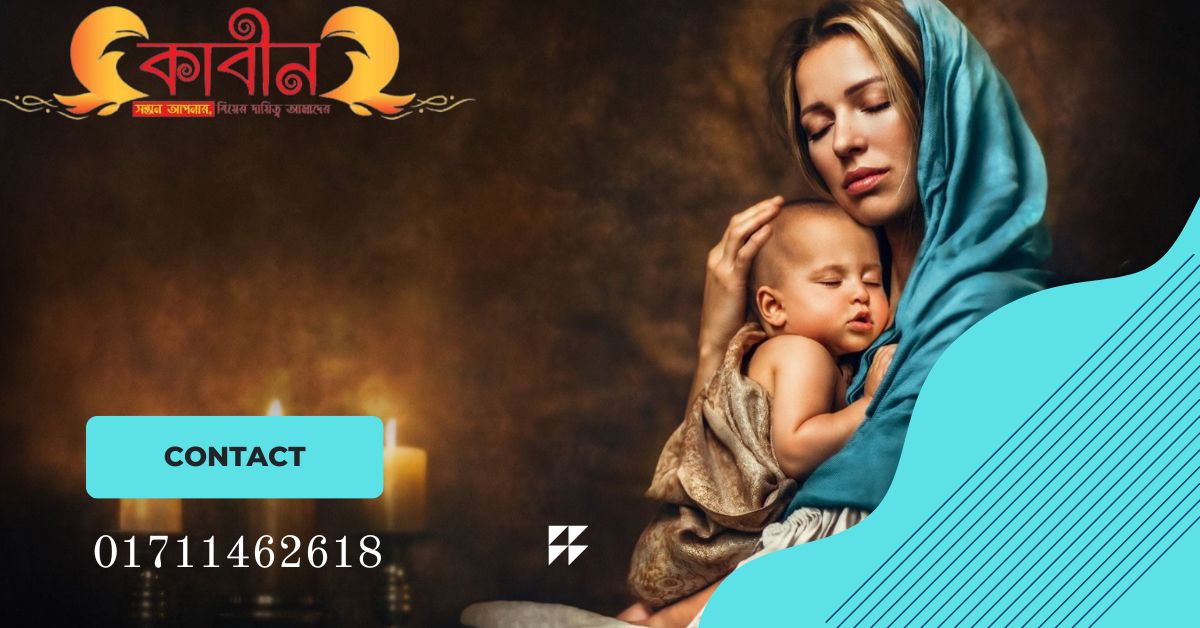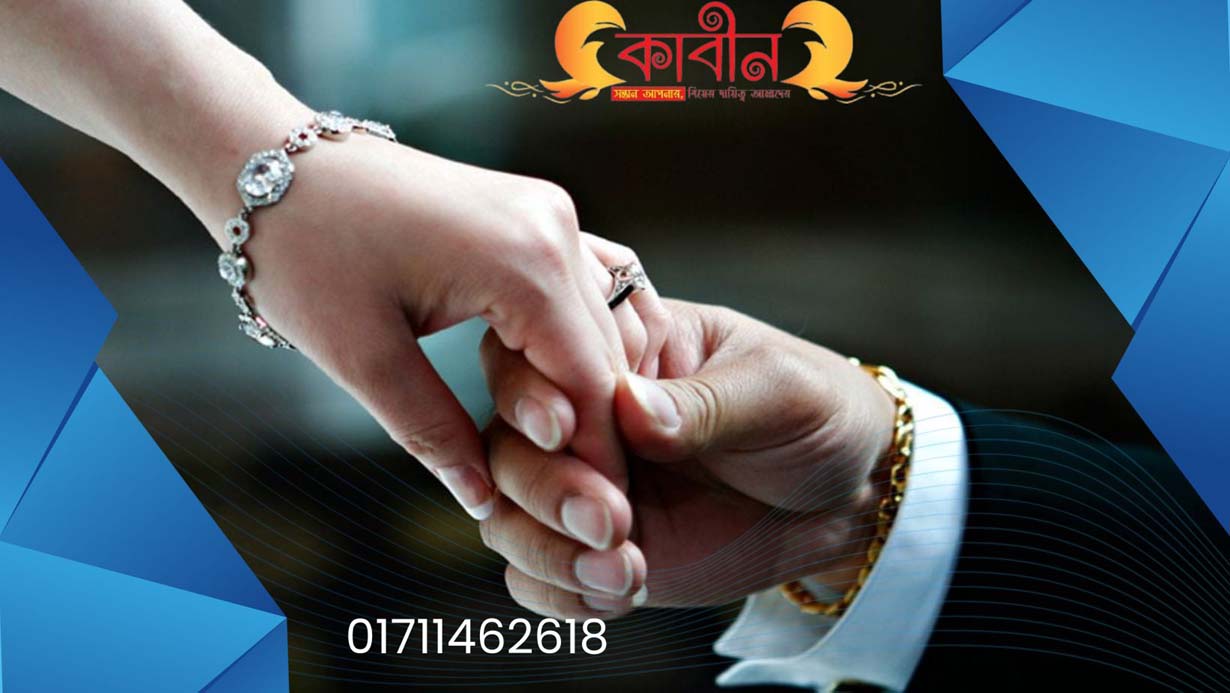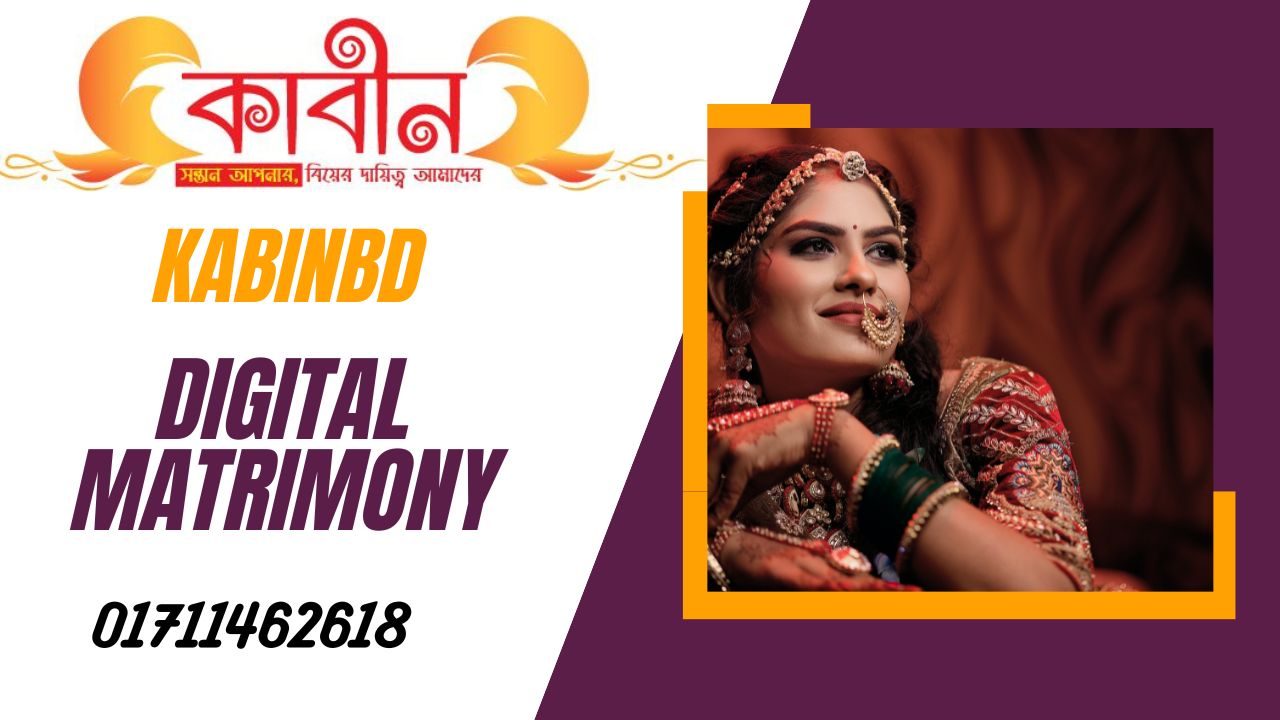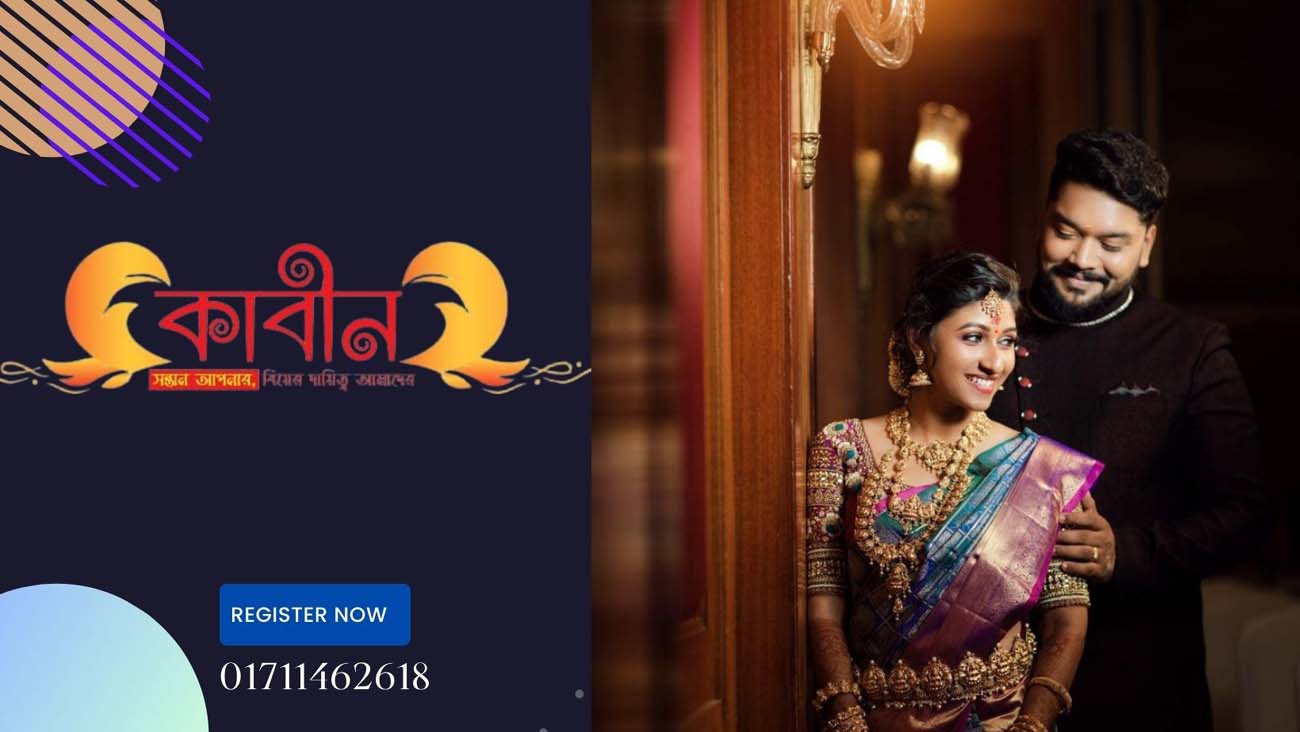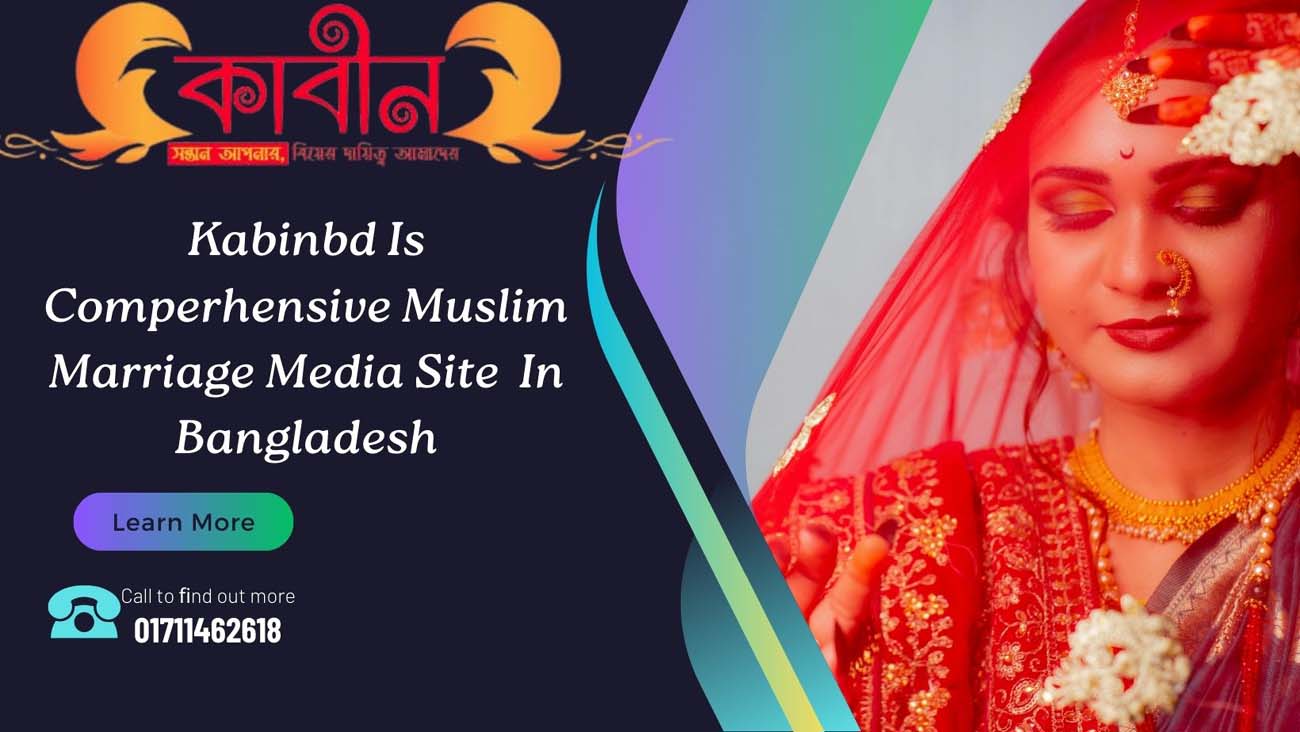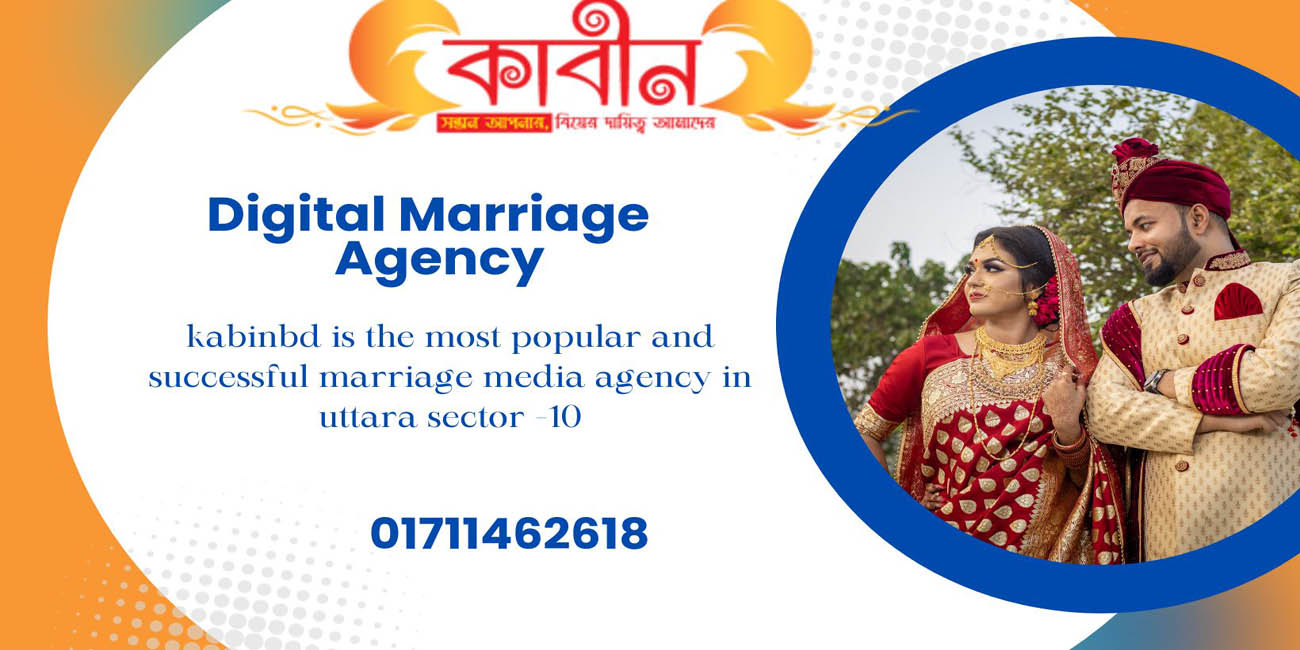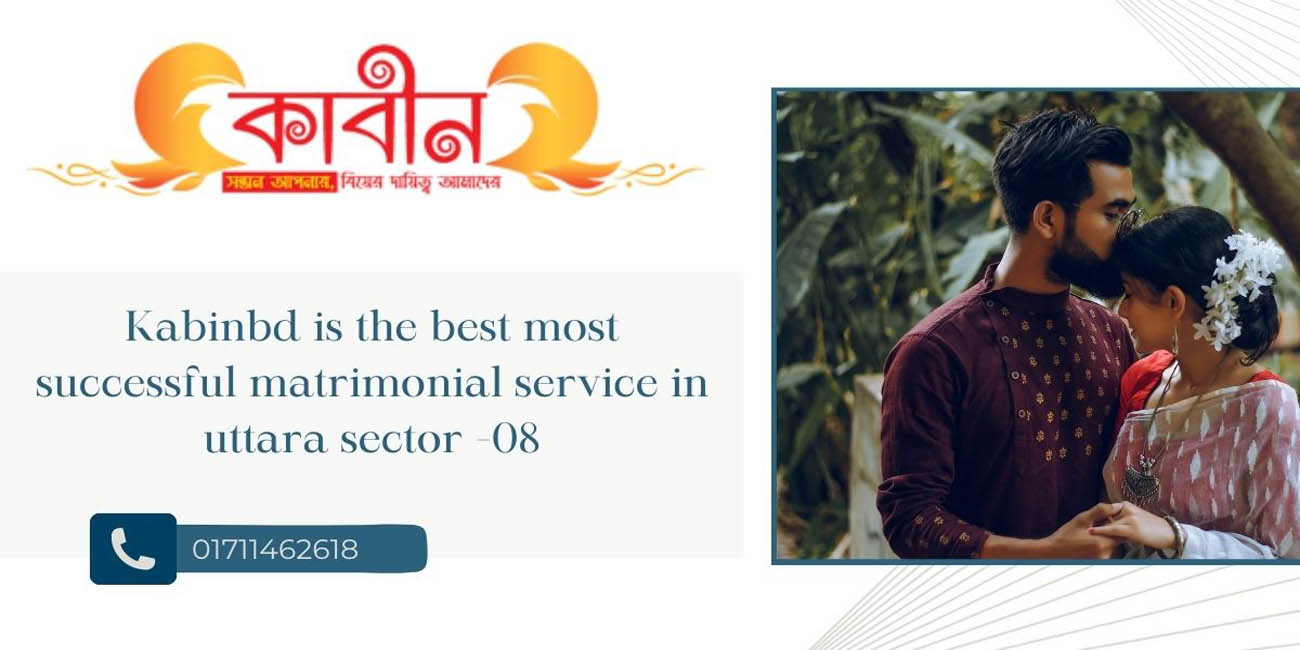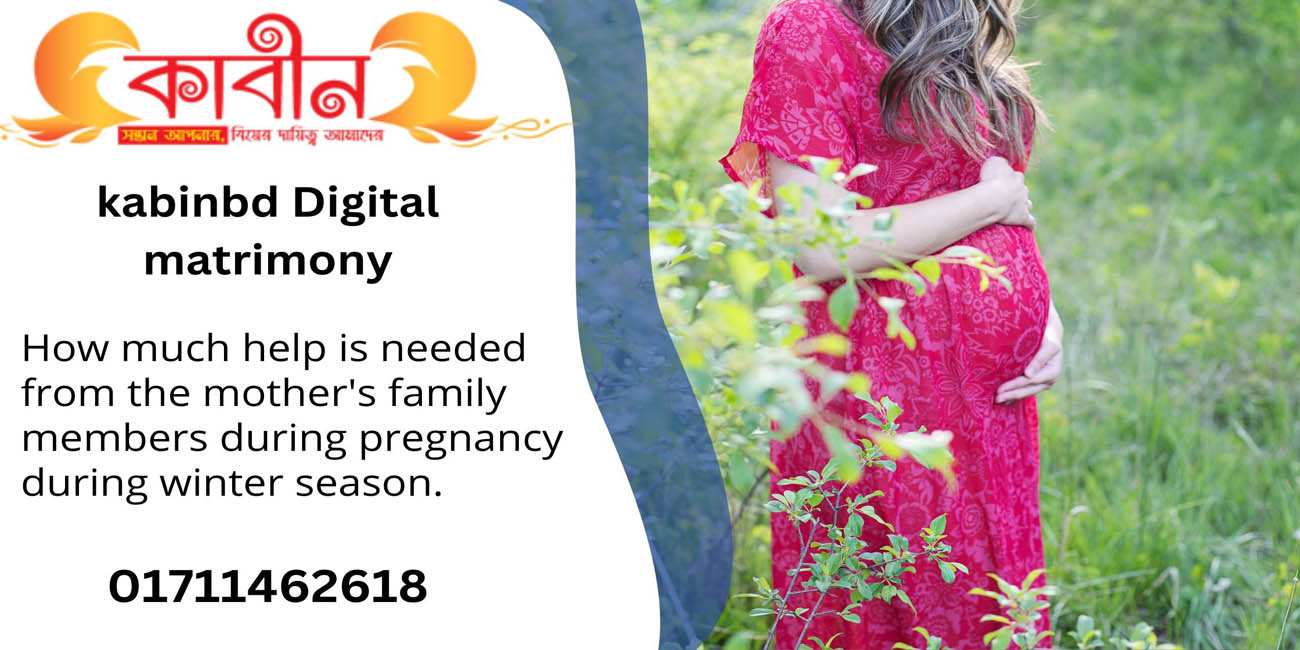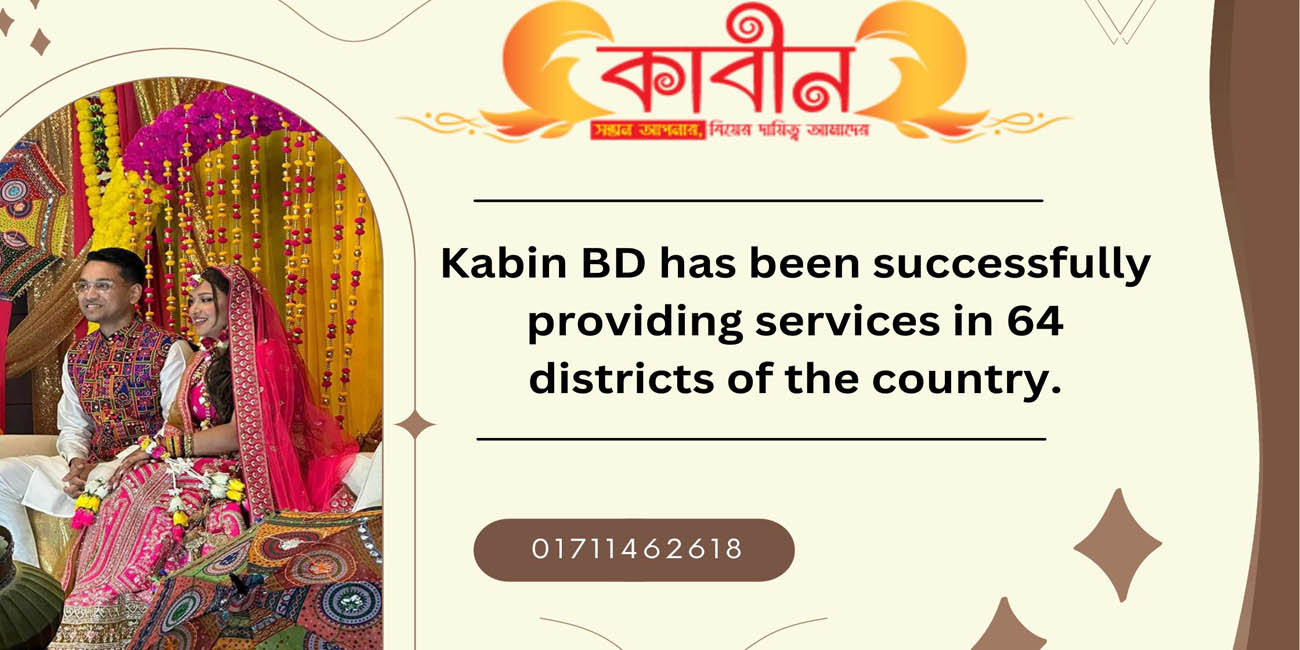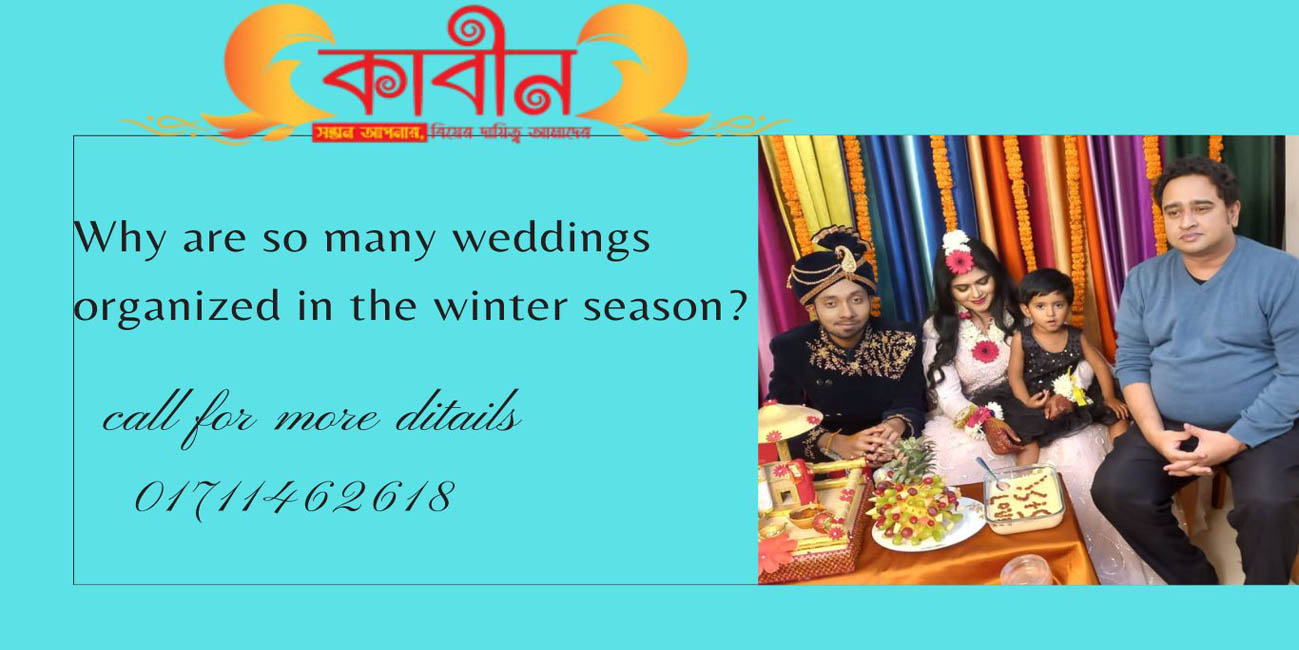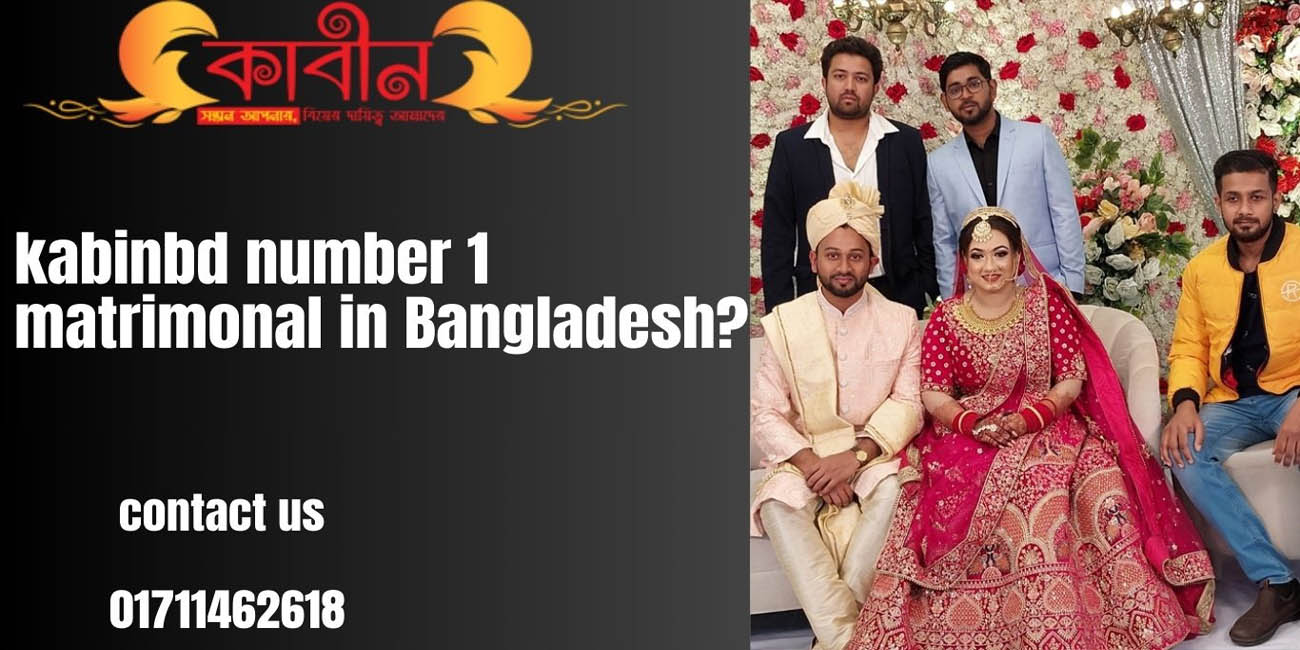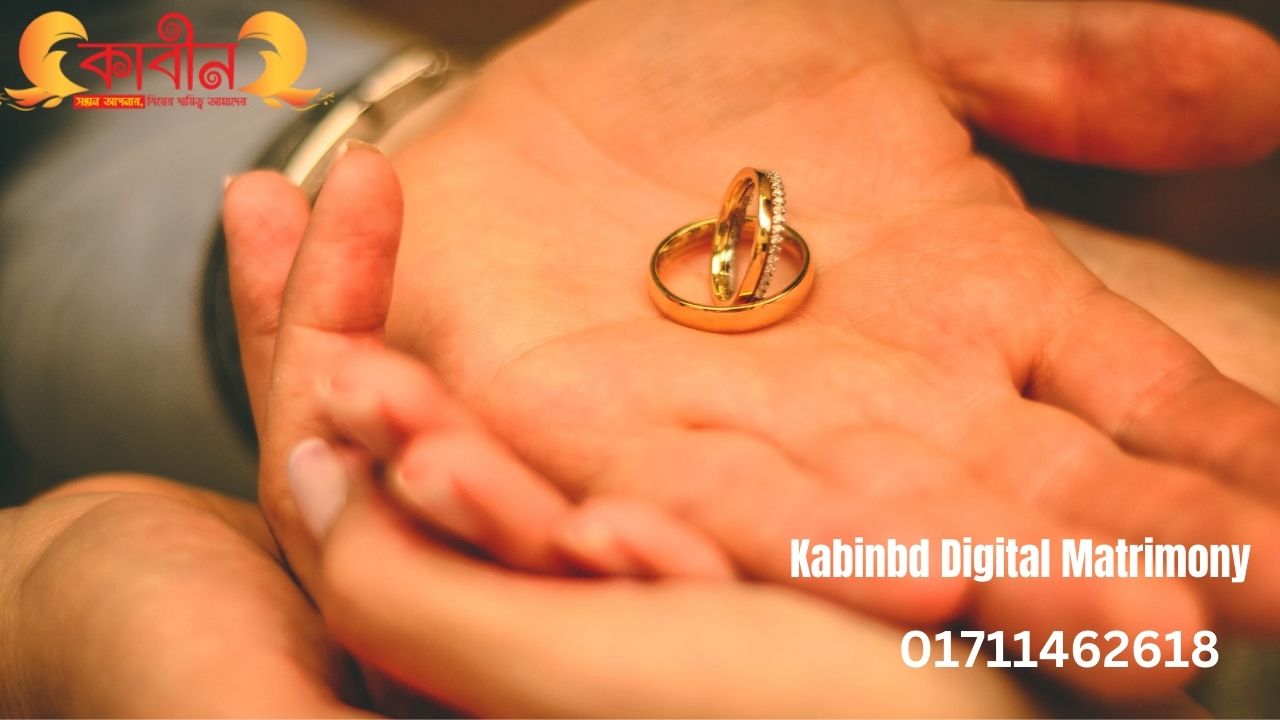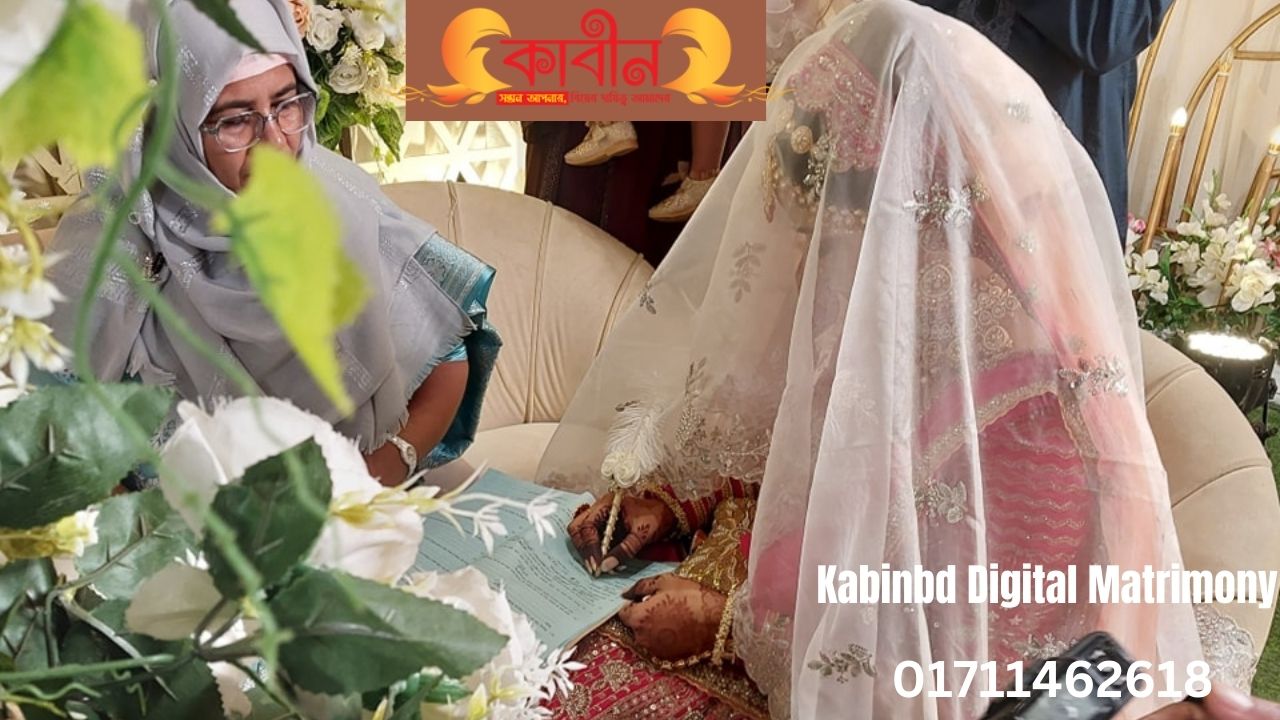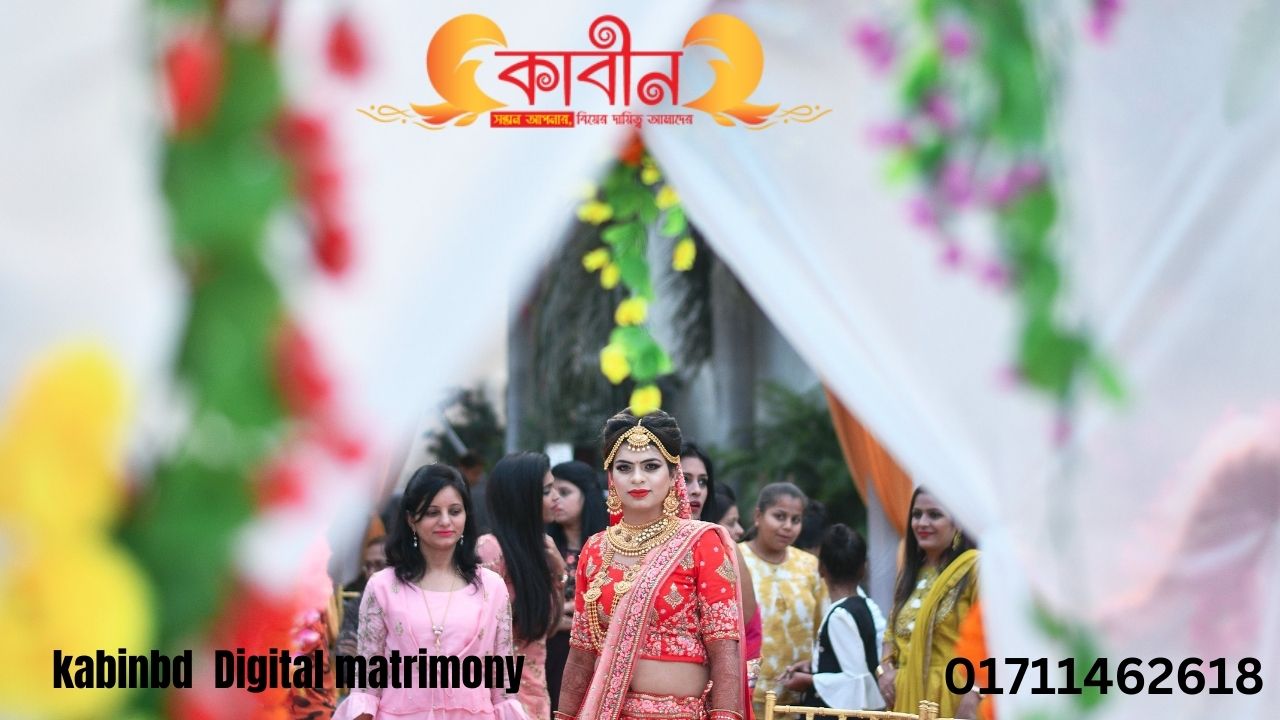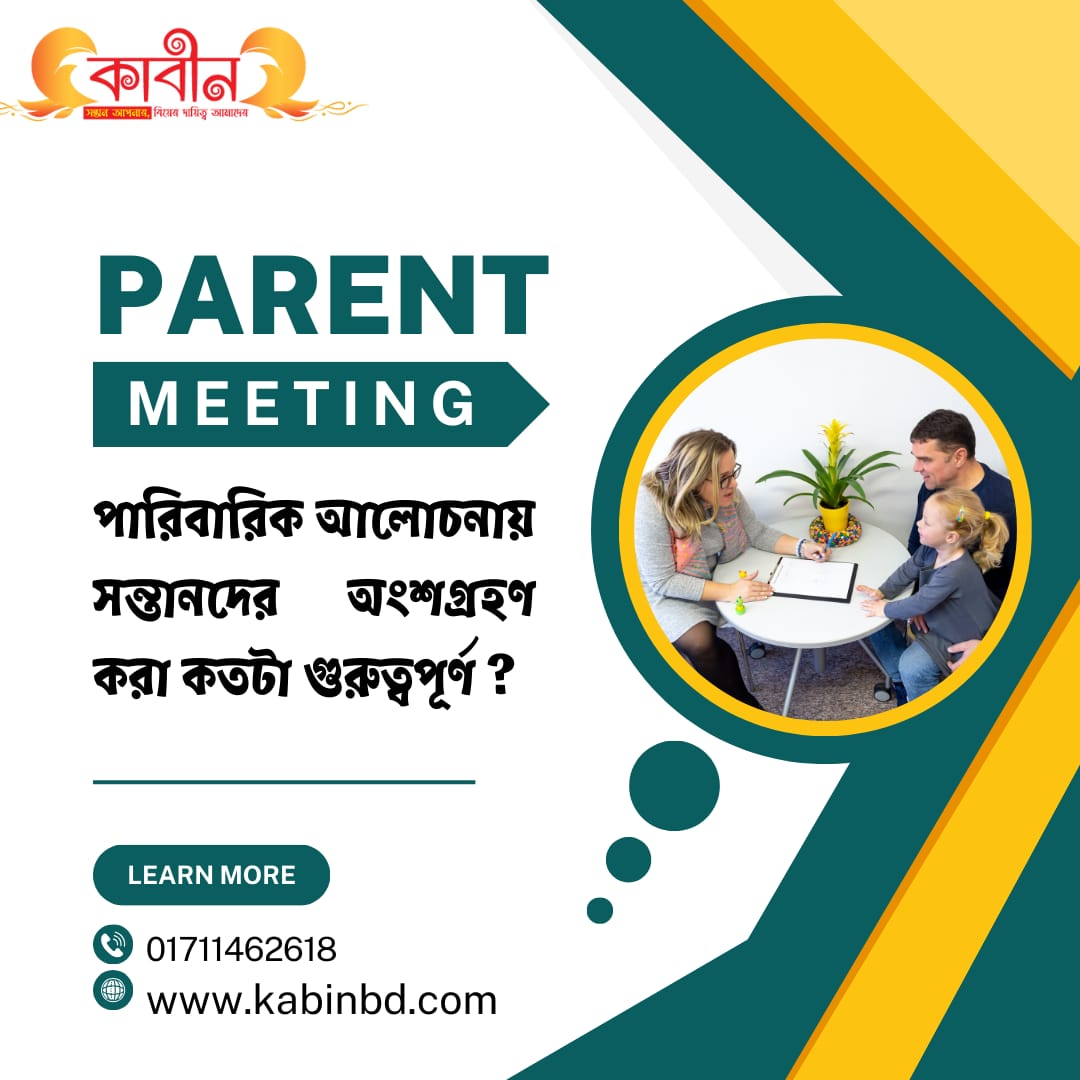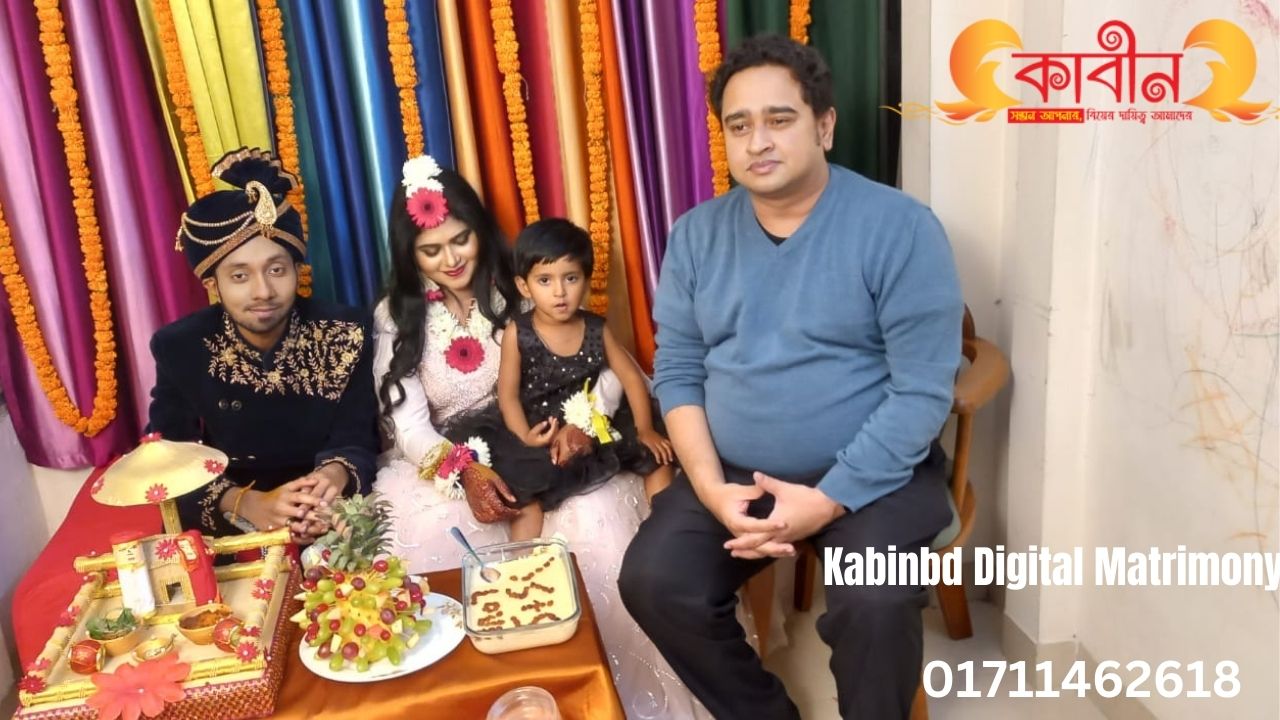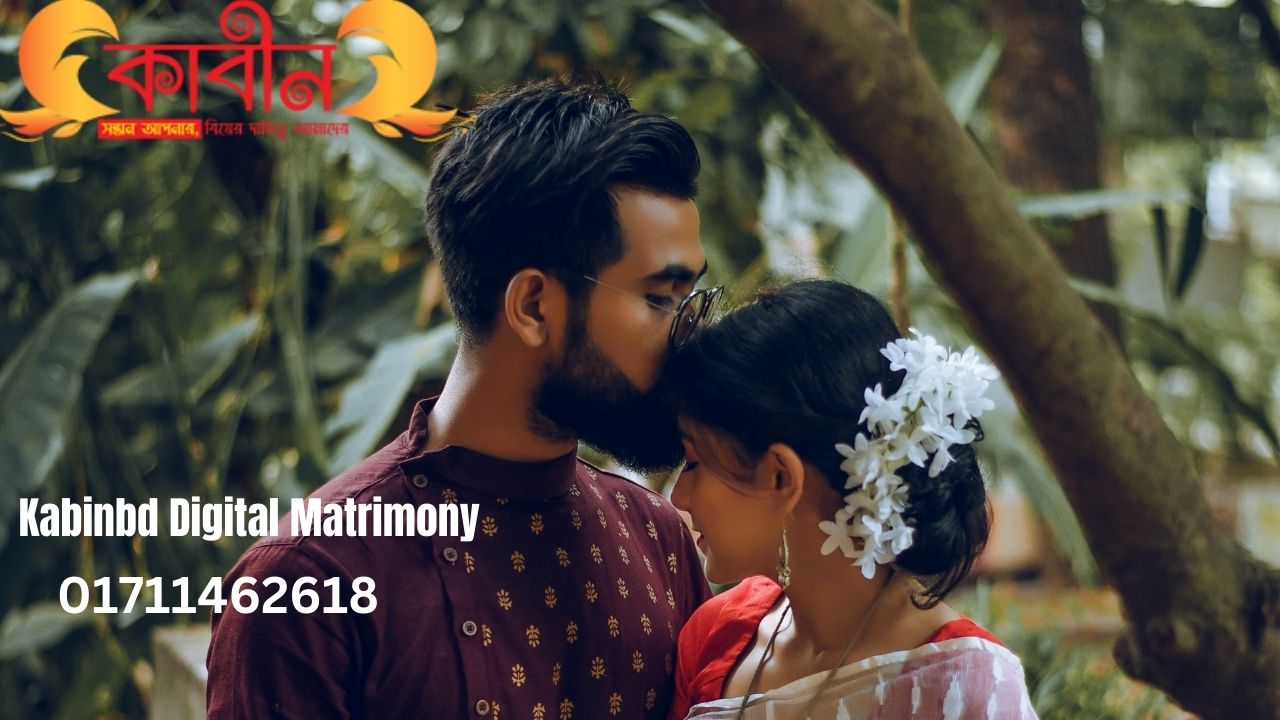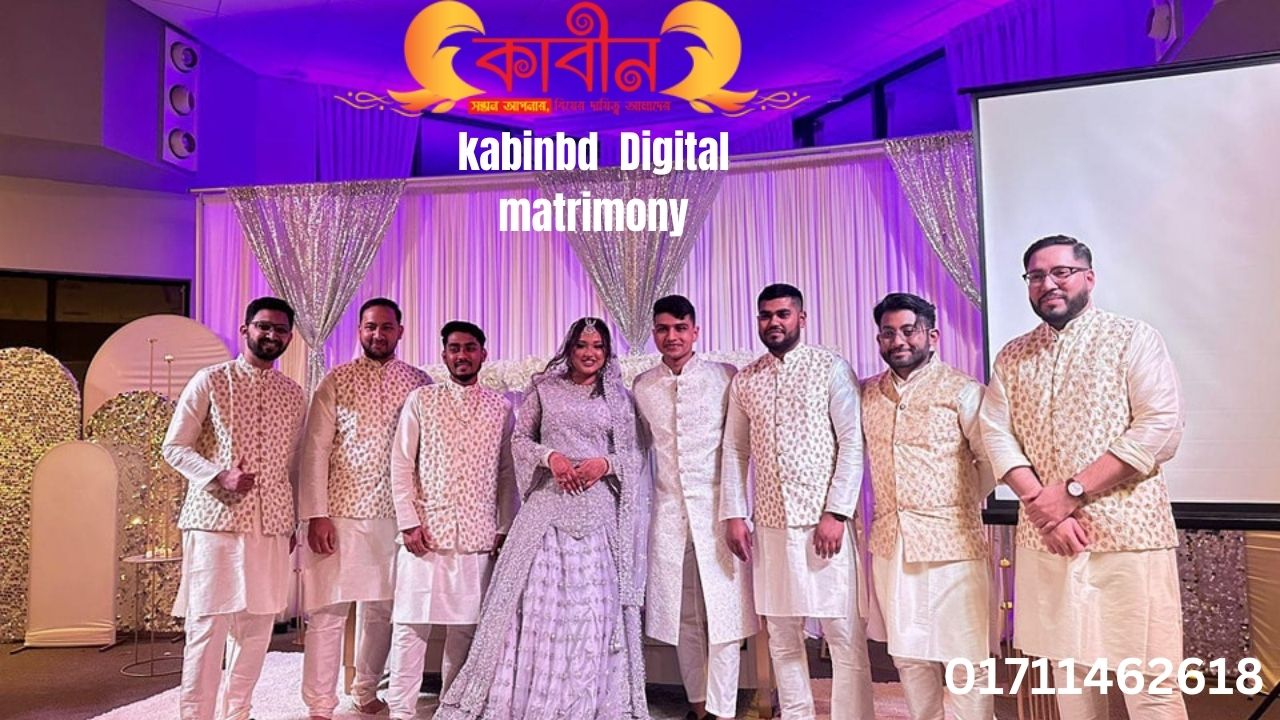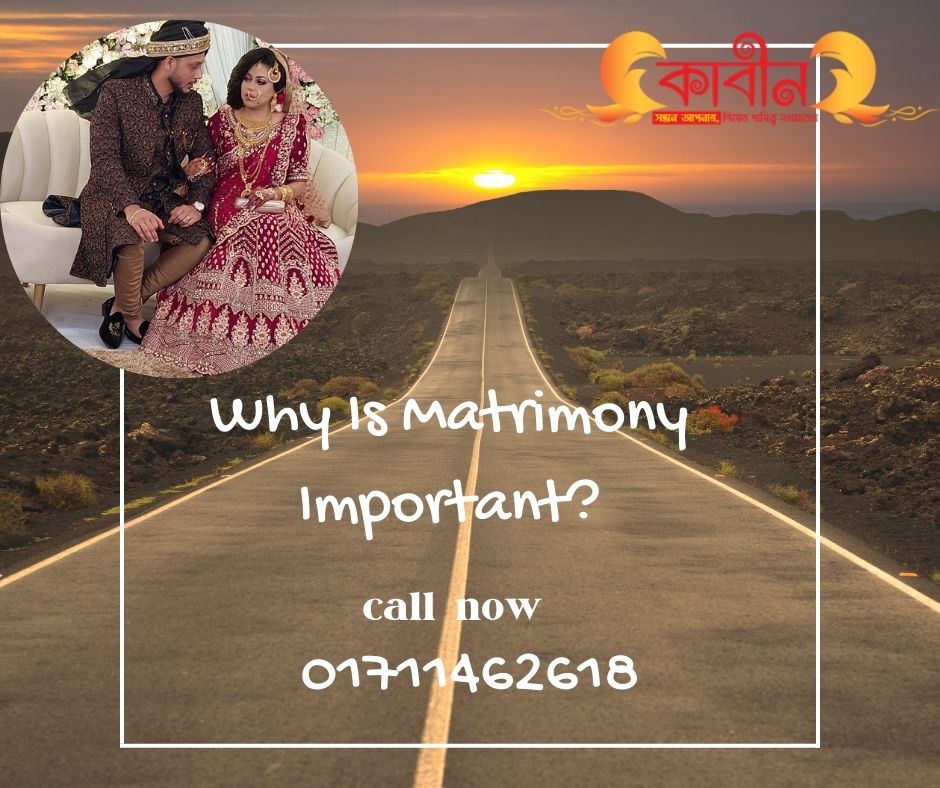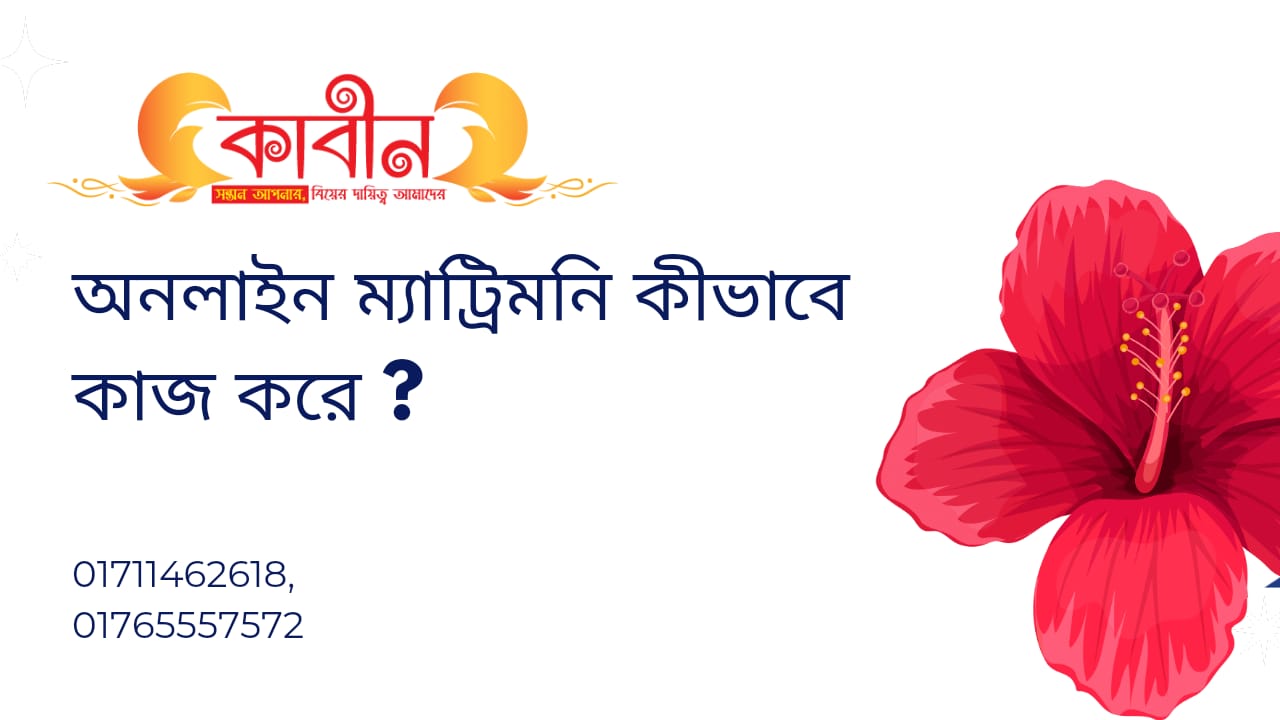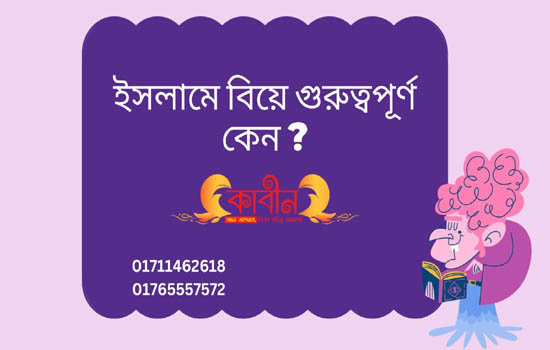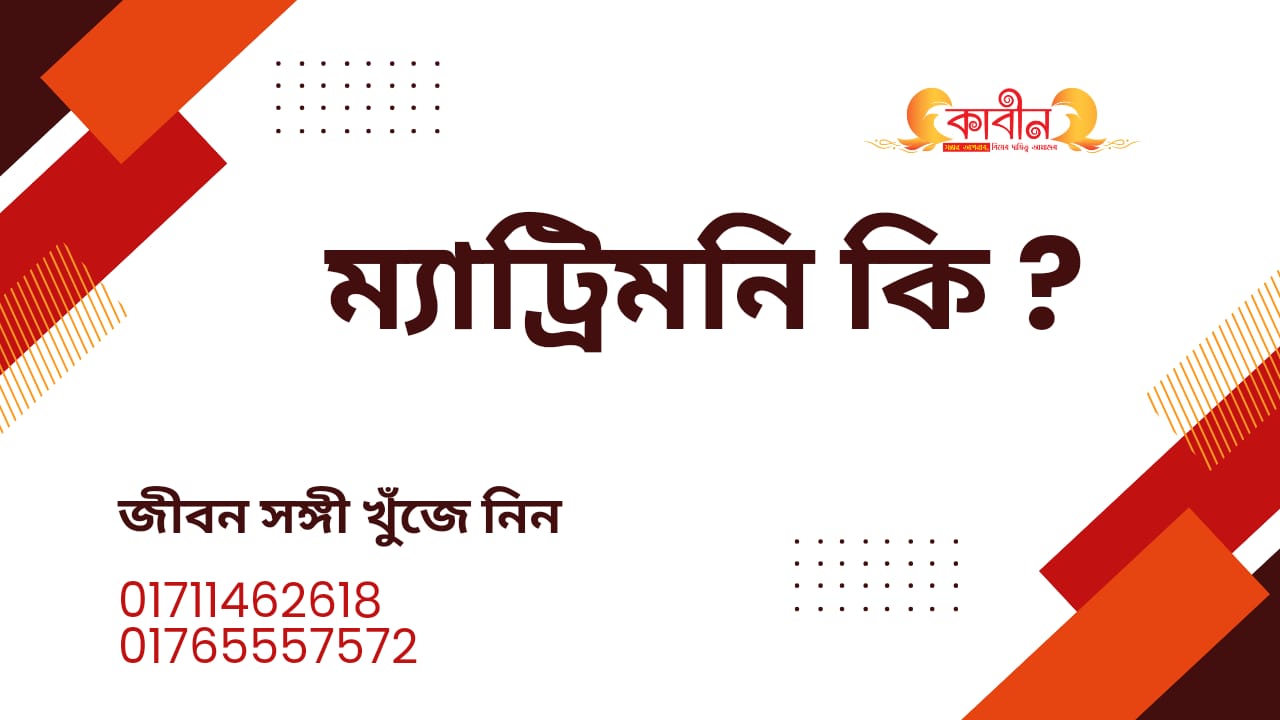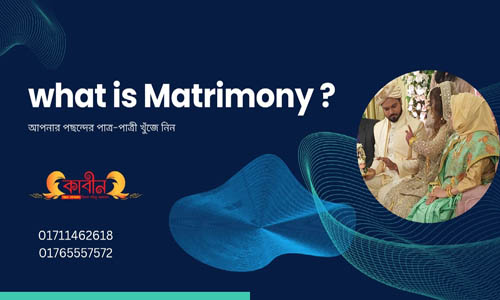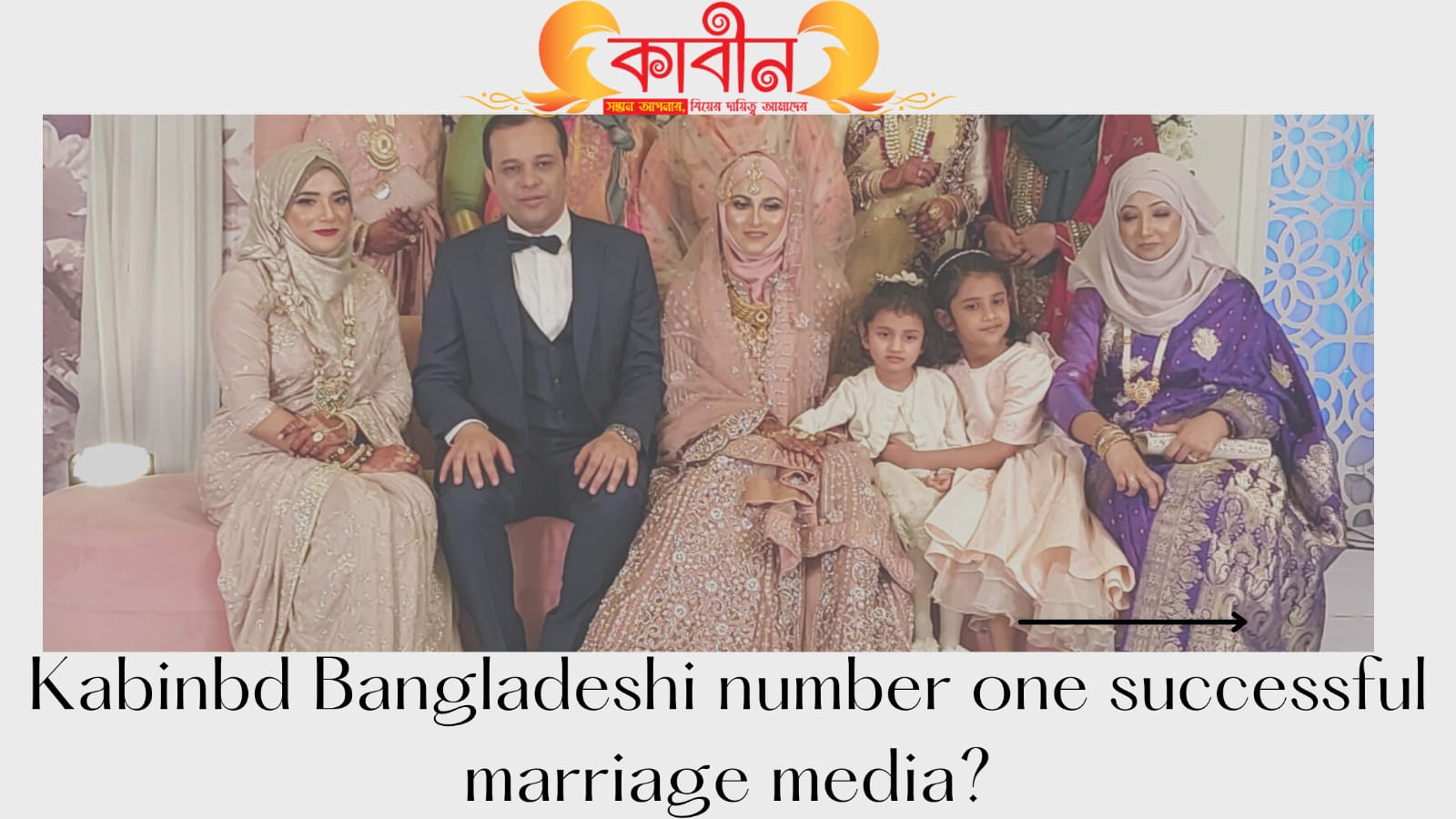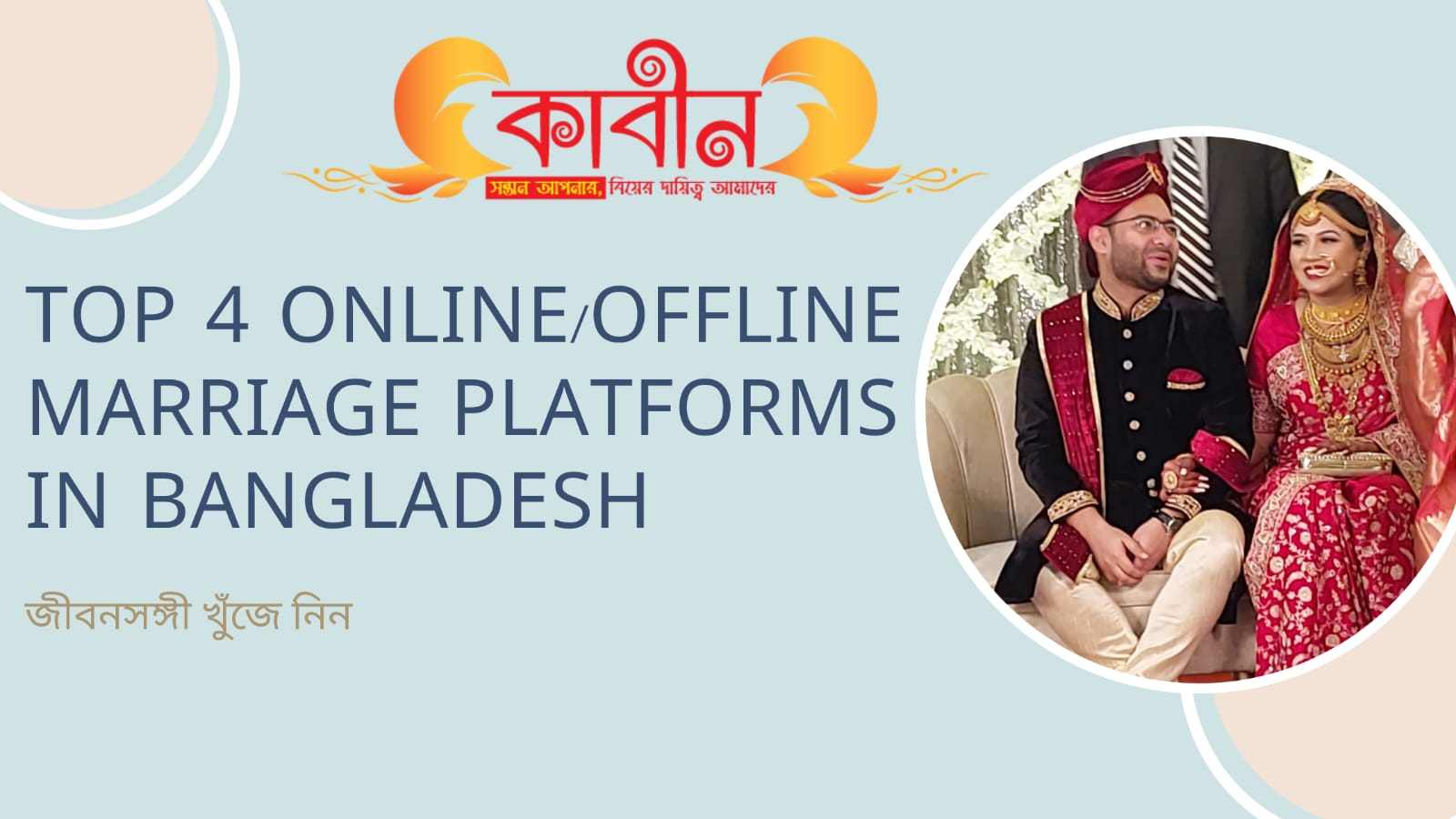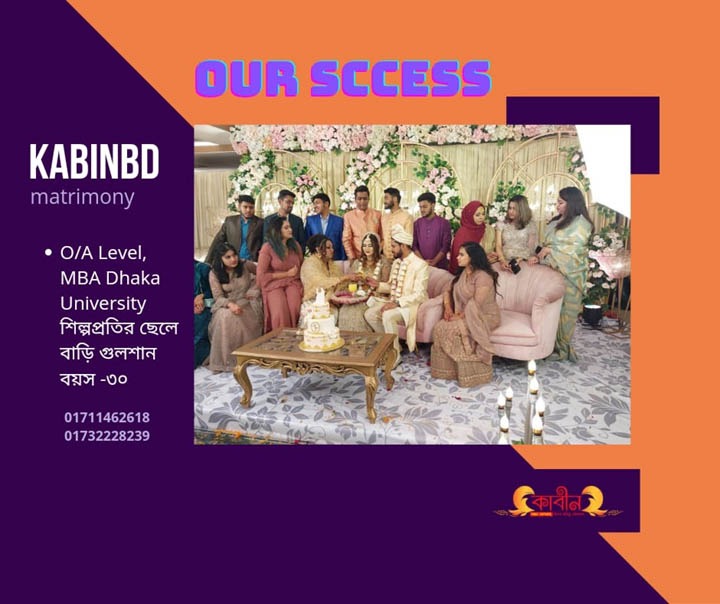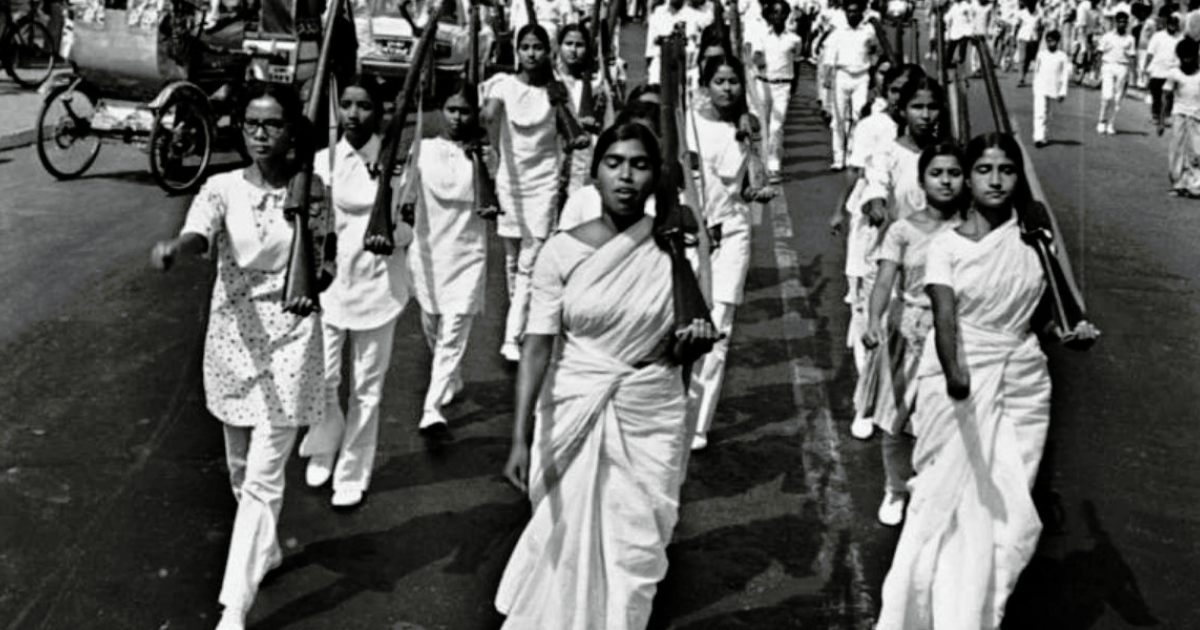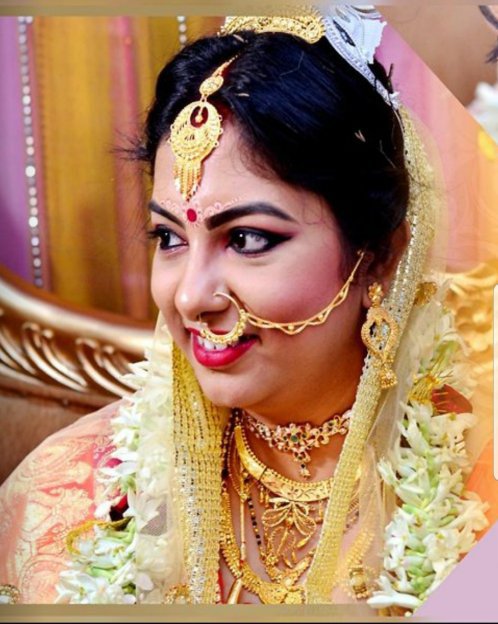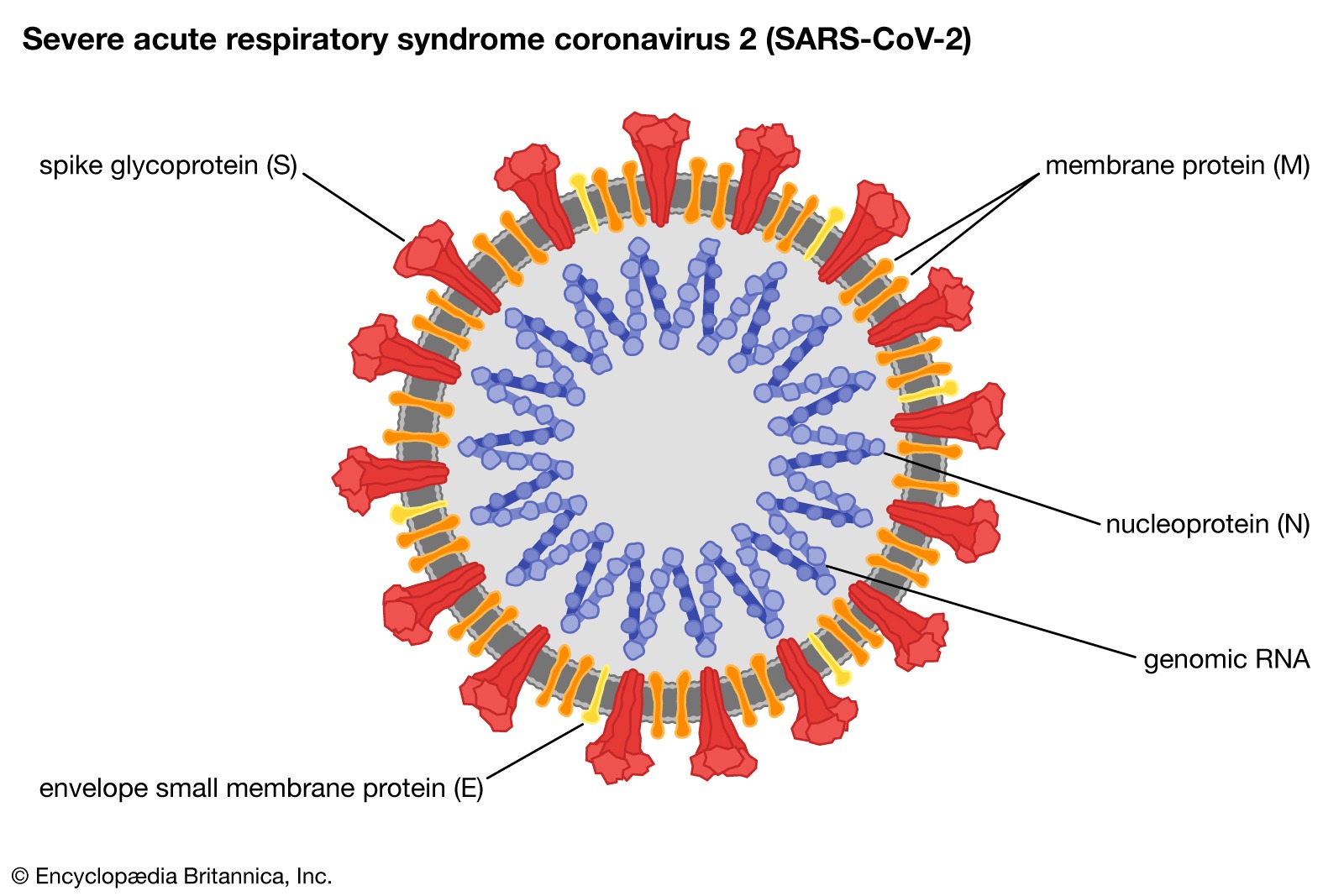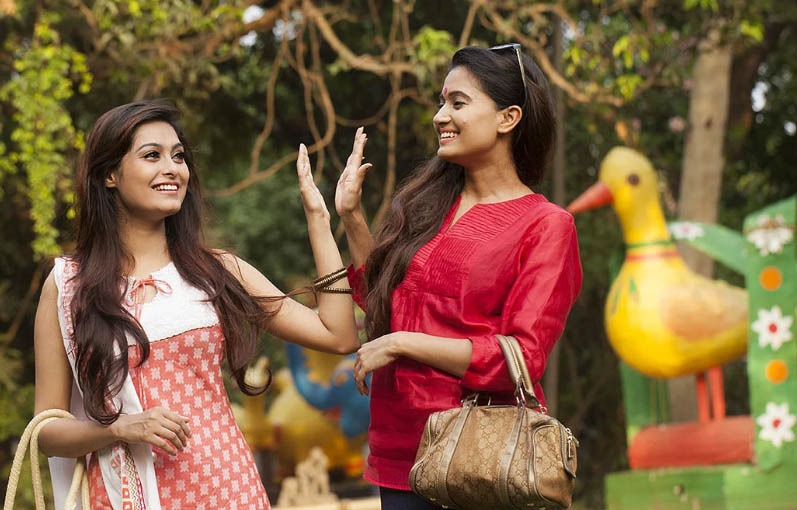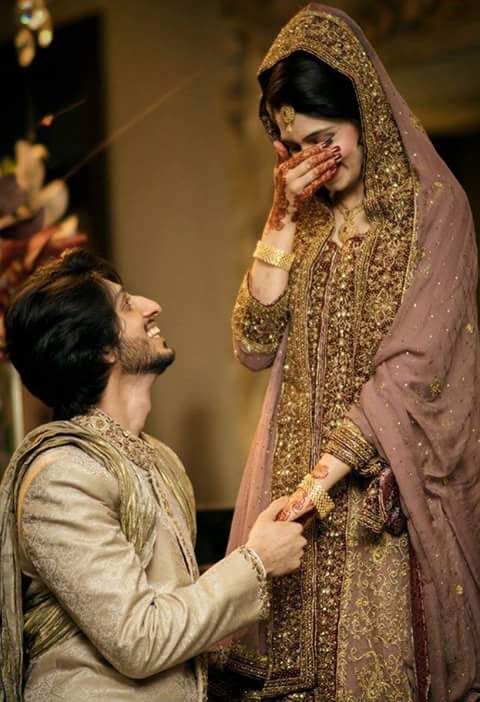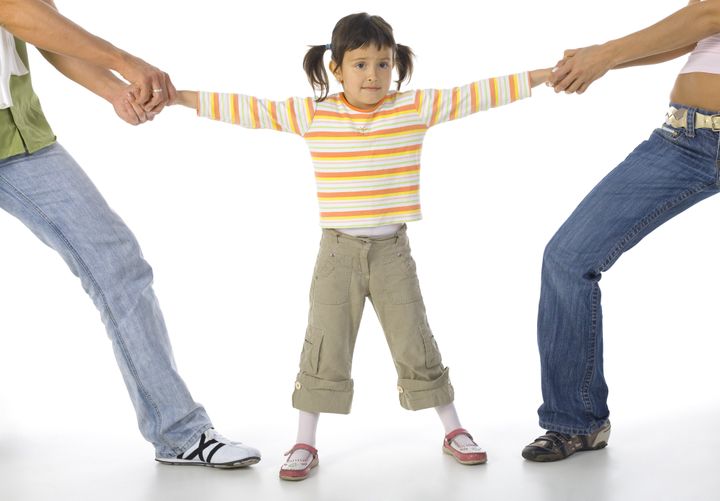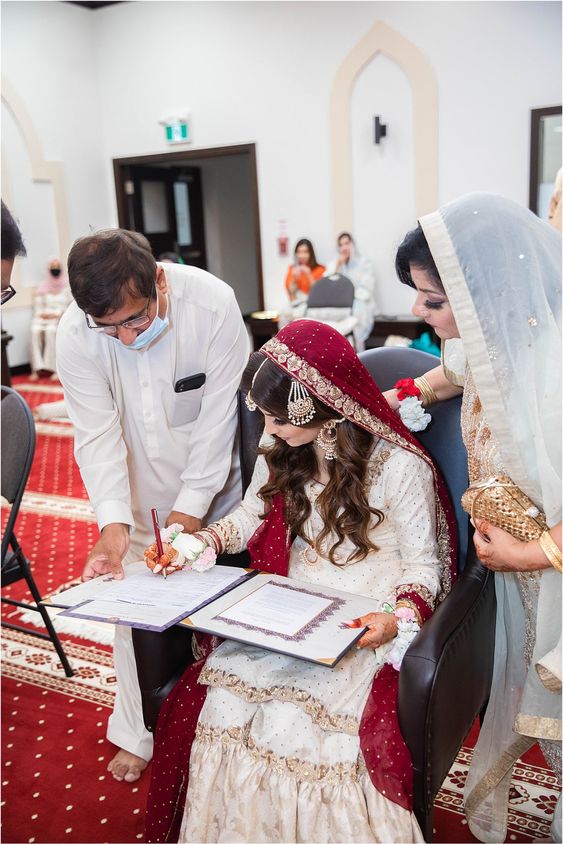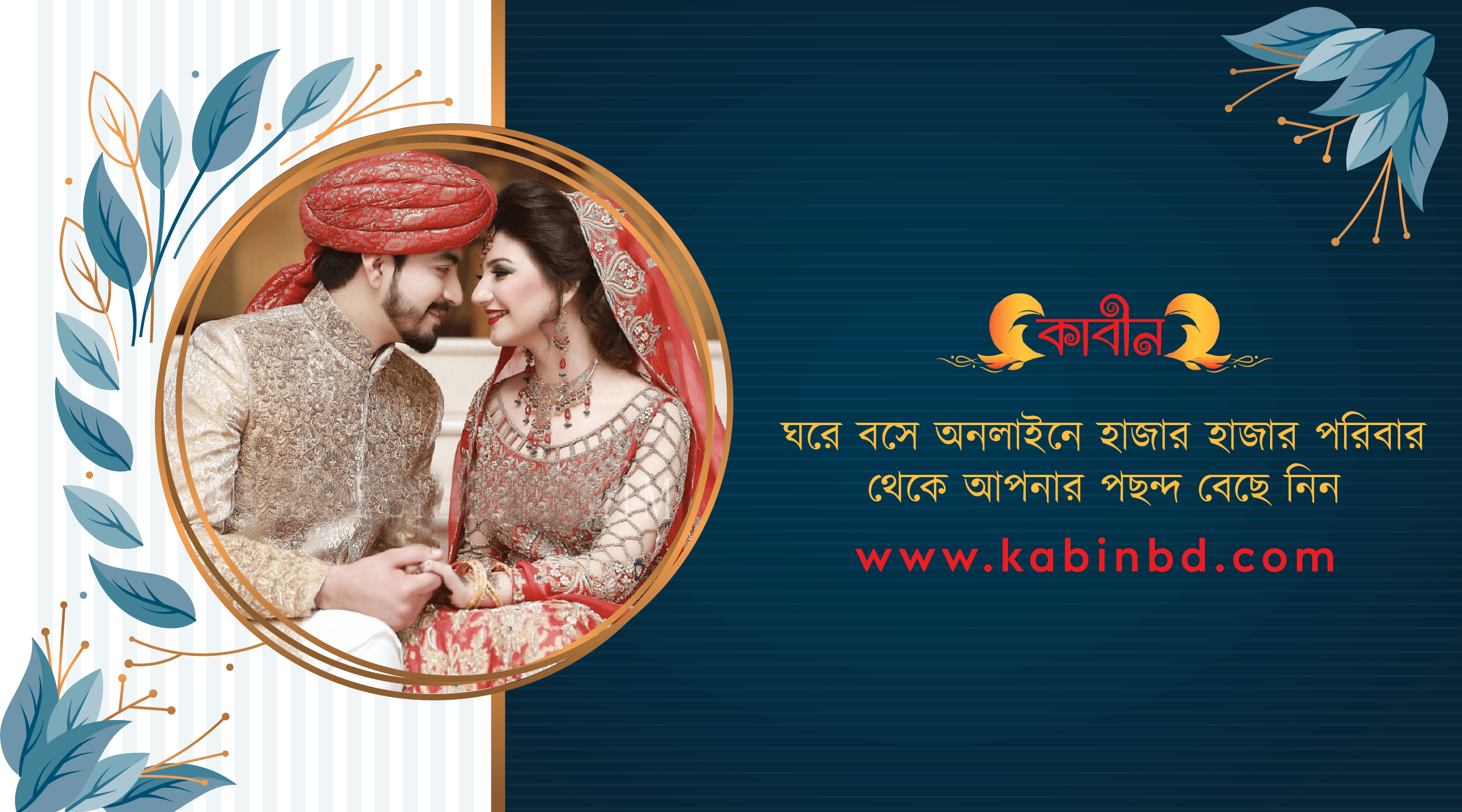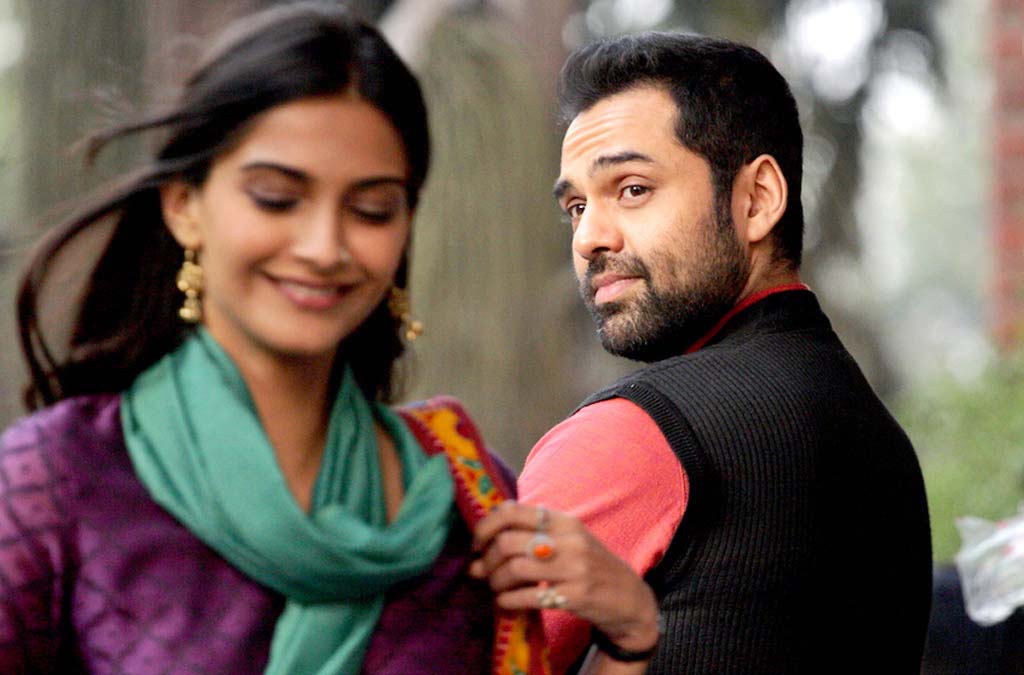Child marriage in Bangladesh
Child marriage in Bangladesh
Child Marriage in Bangladesh: A Persistent Challenge
Child marriage, a deeply rooted tradition in many parts of the world, continues to be a significant problem in Bangladesh.
This practice, where a minor is married off before reaching the legal age of consent, has far-reaching consequences for girls, their families, and society as a whole. This essay will explore the prevalence of child marriage in Bangladesh, its underlying causes, the impact on girls, and the efforts being made to address this issue.
Child marriage remains one of the most pressing social issues in Bangladesh. Despite significant efforts to combat the practice, Bangladesh still has one of the highest rates of child marriage in the world. According to UNICEF, 59% of girls in Bangladesh are married before the age of 18, and 22% are married before the age of 15. This practice has deep-rooted cultural, social, and economic causes, and it perpetuates cycles of poverty and gender inequality. This essay explores the causes, consequences, and efforts to combat child marriage in Bangladesh.
Historical and Cultural Context
Child marriage has been a part of South Asian culture for centuries, and Bangladesh is no exception. Historically, child marriage was seen as a way to protect young girls from premarital sexual activity and to ensure that they were married off before they could become a financial burden to their families. In rural areas, where traditions are deeply entrenched, parents often believe that marrying off their daughters at a young age is in their best interest.
Religious and cultural norms also play a significant role in perpetuating child marriage. In many communities, girls are seen as a source of honor, and parents fear that an unmarried daughter may bring shame to the family. This fear is exacerbated by concerns about sexual harassment and the social stigma attached to premarital relationships. As a result, families often see early marriage as a way to protect their daughters and preserve the family’s honor.
Socioeconomic Factors
Poverty is one of the primary drivers of child marriage in Bangladesh. Families living in poverty often see marriage as a way to reduce their financial burden. In many cases, marrying off a daughter means one less mouth to feed and one less person to care for. Additionally, the practice of dowry, although officially illegal, still persists in many parts of the country. Families with limited financial resources may feel pressured to marry off their daughters early to avoid the increasing demands of dowry as the girl gets older.
Education is another critical factor. In rural areas, where access to education is limited, girls are often pulled out of school at an early age to help with household chores or to work. The lack of education leaves girls with few opportunities for economic independence, making marriage one of the few viable options for their future. Parents may also believe that investing in a daughter’s education is futile if she is going to be married off early.
Legal Framework and Government Initiatives

Bangladesh has made significant strides in recent years to address the issue of child marriage. The country is a signatory to several international conventions, including the Convention on the Rights of the Child (CRC) and the Convention on the Elimination of All Forms of Discrimination Against Women (CEDAW), which mandate the protection of children’s rights and the elimination of child marriage.
The legal age of marriage in Bangladesh is 18 for women and 21 for men. The government has introduced several initiatives to enforce these laws and to raise awareness about the dangers of child marriage. In 2017, the government launched the National Plan of Action to End Child Marriage, with the goal of reducing the rate of child marriage to 10% by 2030. The plan includes a range of strategies, including increasing access to education, empowering girls, and strengthening the enforcement of laws against child marriage.
Despite these efforts, challenges remain. The enforcement of child marriage laws is often weak, particularly in rural areas where local customs and traditions hold more sway than national laws. Corruption, lack of awareness, and social pressure also hinder the effective implementation of these laws.
Consequences of Child Marriage
The consequences of child marriage are far-reaching and devastating. One of the most significant impacts is on girls’ health. Child brides are more likely to experience complications during pregnancy and childbirth, which are the leading causes of death for girls aged 15-19 in developing countries. Young girls’ bodies are not fully developed, making them more vulnerable to obstetric complications such as fistula, hemorrhage, and obstructed labor. Additionally, child brides are more likely to suffer from malnutrition and mental health issues due to the stress and trauma of early marriage and childbirth.
Child marriage also has a profound impact on education. Girls who are married early are often forced to drop out of school, cutting short their education and limiting their opportunities for economic independence. This perpetuates the cycle of poverty, as uneducated girls are more likely to remain dependent on their husbands and to have limited opportunities for employment. The lack of education also limits their ability to make informed decisions about their health and the well-being of their children, perpetuating a cycle of poverty and poor health outcomes.
Furthermore, child marriage perpetuates gender inequality. It reinforces traditional gender roles that view women as subservient to men and as primarily responsible for household duties and child-rearing. This limits girls’ opportunities to participate in public life, to pursue careers, and to achieve their full potential. Child marriage also exposes girls to a higher risk of domestic violence, as young brides often have little power or agency within their marriages.
Efforts by NGOs and International Organizations
Non-governmental organizations (NGOs) and international organizations have been instrumental in the fight against child marriage in Bangladesh. Organizations like BRAC, Plan International, and Save the Children have implemented a range of programs aimed at raising awareness about the dangers of child marriage, empowering girls, and providing education and vocational training opportunities.
One successful approach has been the use of community-based interventions, where local leaders, religious figures, and community members are engaged in efforts to change social norms and attitudes towards child marriage. These programs often involve community dialogues, workshops, and campaigns to raise awareness about the legal age of marriage and the harmful effects of child marriage. By involving the community, these programs help to build local support for ending child marriage and create a more conducive environment for enforcing the law.
Education programs have also been crucial in combating child marriage. NGOs have worked to increase access to education for girls, particularly in rural areas, by providing scholarships, building schools, and offering alternative learning opportunities for girls who have dropped out of school. These programs not only help to keep girls in school but also empower them with the knowledge and skills they need to make informed decisions about their futures.
Another critical approach has been the provision of economic support to families. NGOs have implemented programs that provide financial assistance to families to reduce the economic pressures that drive child marriage. These programs often include microcredit schemes, vocational training, and income-generating activities for women and girls. By improving the economic situation of families, these programs help to reduce the financial incentives for marrying off daughters at a young age.
Challenges in Combating Child Marriage
Despite the progress that has been made, significant challenges remain in the fight against child marriage in Bangladesh. One of the biggest challenges is the deeply entrenched cultural and social norms that support child marriage. In many communities, child marriage is still seen as a social norm, and families who choose to marry off their daughters at a young age are often supported by their communities. Changing these norms requires sustained efforts over time and the involvement of community leaders, religious figures, and local authorities.
Another challenge is the weak enforcement of child marriage laws. Despite the legal framework in place, many child marriages continue to be conducted with the complicity of local officials, who may turn a blind eye to the practice due to corruption, social pressure, or a lack of awareness. Strengthening the enforcement of child marriage laws requires not only legal reforms but also efforts to build the capacity of local authorities and to raise awareness among the public about the legal age of marriage and the consequences of child marriage.
The lack of access to education and economic opportunities for girls is also a significant barrier to ending child marriage. In many rural areas, schools are far away, and the quality of education is poor, leading parents to see little value in keeping their daughters in school. Additionally, the lack of economic opportunities for girls and women means that marriage is often seen as the only viable option for their future. Addressing these challenges requires investments in education, vocational training, and economic development, particularly in rural areas.
The Role of Media in Combating Child Marriage
The media has played a crucial role in raising awareness about child marriage and advocating for change in Bangladesh. Radio, television, and social media have been used to disseminate information about the legal age of marriage, the dangers of child marriage, and the importance of education for girls. Media campaigns have also highlighted positive role models and success stories of girls who have resisted child marriage and pursued education and careers.
Television dramas and radio programs have been particularly effective in reaching a wide audience, including in rural areas where literacy rates are low. These programs often portray the negative consequences of child marriage and promote the benefits of education and empowerment for girls. By influencing public attitudes and changing social norms, the media has contributed to the broader efforts to combat child marriage in Bangladesh.
Child marriage remains a significant challenge in Bangladesh, with deep-rooted cultural, social, and economic causes. While significant progress has been made in recent years, much work remains to be done to eliminate the practice. Addressing the issue of child marriage requires a multi-faceted approach that includes legal reforms, education, economic empowerment, and efforts to change social norms and attitudes.
The involvement of NGOs, international organizations, and the media has been crucial in the fight against child marriage, but sustained efforts are needed to ensure that the progress made so far is not lost. Ending child marriage is not only a matter of protecting the rights of girls but also of ensuring their health, education, and empowerment, which are essential for the overall development of the country.
The road to eradicating child marriage in Bangladesh is long and challenging, but with continued commitment and concerted efforts, it is possible to create a future where every girl can grow up free from the threat of early marriage and empowered to achieve her full potential.
Prevalence of Child Marriage in Bangladesh
Despite legal prohibitions and concerted efforts to eradicate it, child marriage remains a pervasive problem in Bangladesh. According to UNICEF, a significant proportion of girls in the country are married before the age of 18. This practice is particularly prevalent in rural areas, where socio-economic factors and cultural norms often contribute to its persistence.
Several factors contribute to the high prevalence of child marriage in Bangladesh. Poverty is a major driver, as families may resort to early marriage as a means of reducing their economic burden. Cultural norms and traditions also play a significant role, with many communities viewing marriage as a necessary step in a girl’s life, regardless of her age. Additionally, limited access to education, particularly for girls, can contribute to early marriage, as families may perceive it as a more viable option than continuing their education.
The Impact of Child Marriage on Girls
Child marriage has a profound and negative impact on girls’ lives. It often leads to early pregnancy, which can have serious health consequences, including increased risk of maternal mortality and complications. Child brides are also more likely to experience domestic violence, sexual abuse, and social isolation. Furthermore, early marriage can disrupt girls’ education, limiting their opportunities for personal and economic growth.
The consequences of child marriage extend beyond the individual girl. It can have negative implications for her family, as well as for society as a whole. Early marriage can lead to increased poverty, as girls are often forced to leave school and become dependent on their husbands. It can also contribute to social instability, as young girls who are married off early may be more likely to engage in risky behaviors or become victims of trafficking.
Efforts to Combat Child Marriage
Addressing the problem of child marriage in Bangladesh requires a multi-faceted approach that involves government action, civil society engagement, and community mobilization. The government has taken steps to prohibit child marriage and to provide support services to girls who have been married off early. However, these efforts must be strengthened and implemented effectively.
Civil society organizations play a crucial role in raising awareness about the harmful effects of child marriage and advocating for policy reforms. They also provide support services to girls who have been married off early, including counseling, education, and vocational training. Community-based initiatives can also be effective in promoting awareness and changing harmful social norms.
In addition to these efforts, addressing the underlying causes of child marriage is essential. This includes poverty reduction, improved access to education, and the promotion of gender equality. By addressing these root causes, it is possible to reduce the prevalence of child marriage and improve the lives of girls in Bangladesh.
Conclusion
Child marriage remains a significant challenge in Bangladesh, with far-reaching consequences for girls, their families, and society as a whole. While progress has been made, more needs to be done to eradicate this harmful practice. A comprehensive approach that involves government action, civil society engagement, and community mobilization is essential. By addressing the underlying causes of child marriage and providing support services to girls who have been married off early, it is possible to create a future where all girls in Bangladesh have the opportunity to realize their full potential.
Best Bangladeshi Matrimonial Service
আপনি যদি বিয়ের ব্যাপারে সিরিয়াস হয়ে থাকেন তবে
লিংকে ক্লিক করে ফ্রী রেজিষ্ট্রেশন করুন
অথবা বিস্তারিত জানতেঃ
Gmail:kabinbd4@gmail.com
01711462618 এ কল করুন ২৪/৭ সার্ভিস





